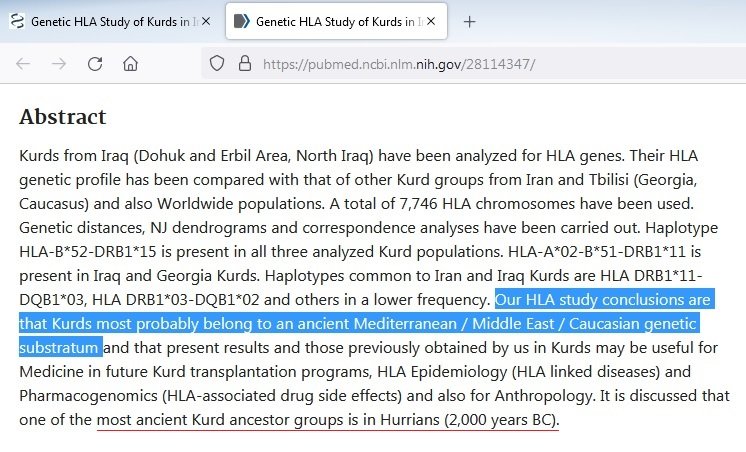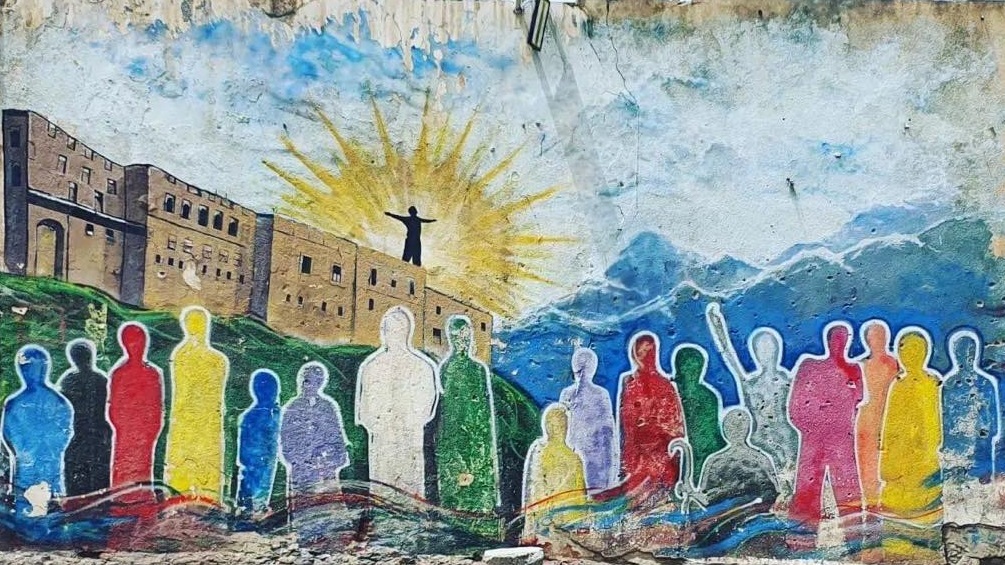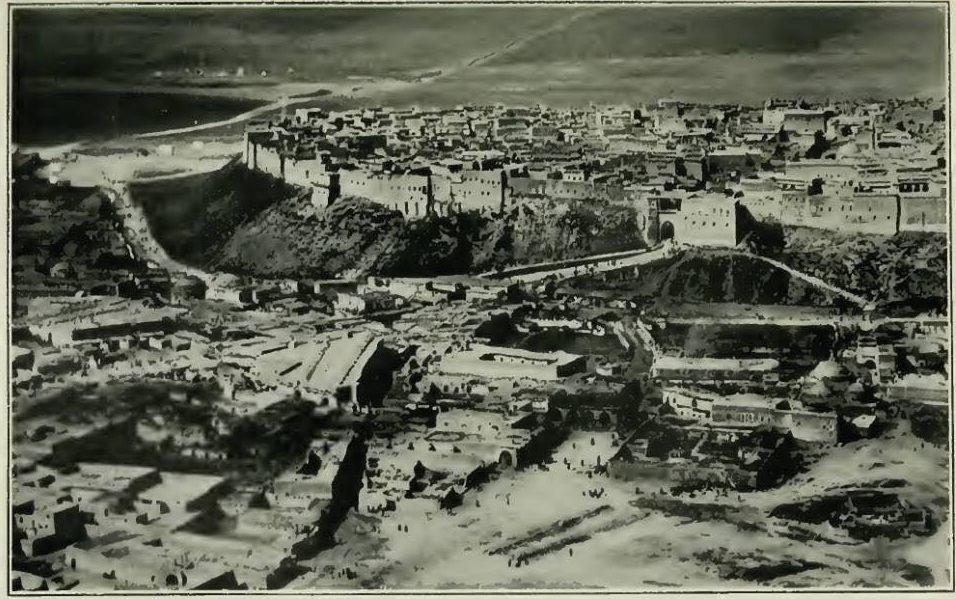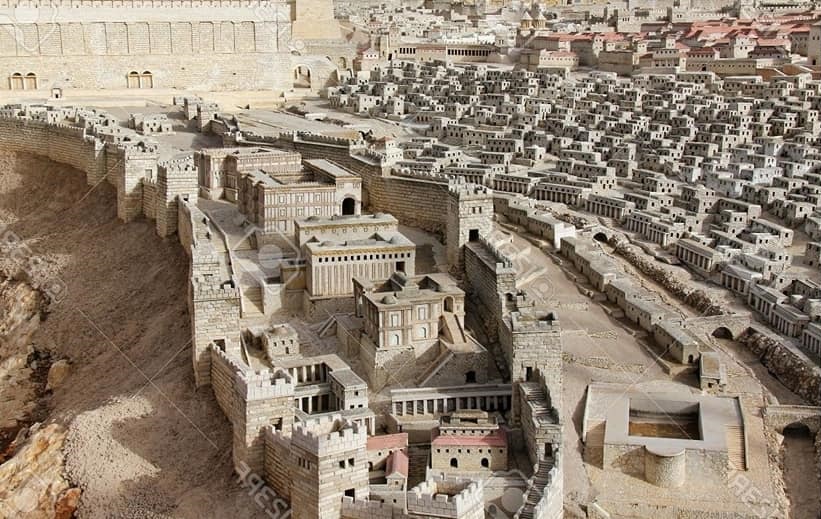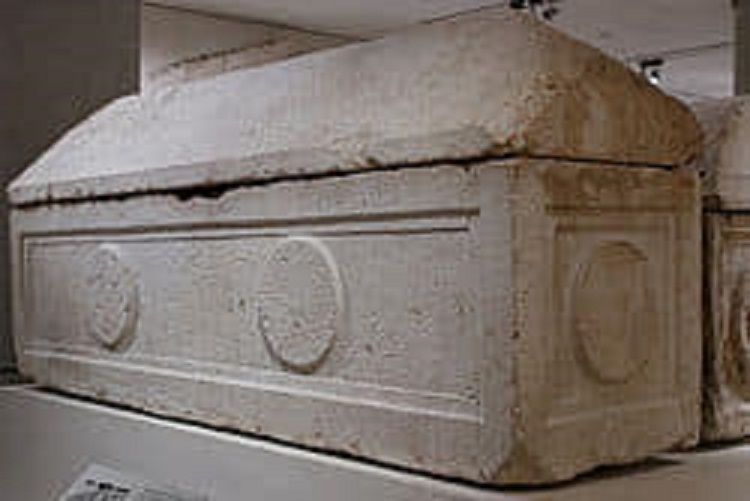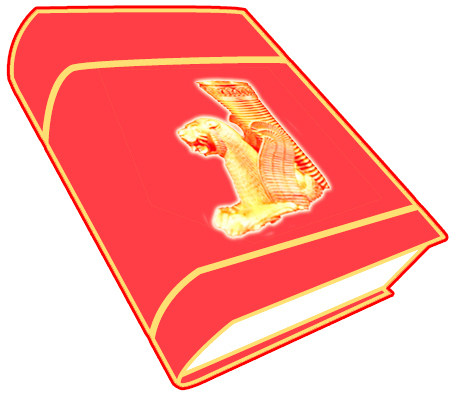HEWLÊR
BETH KARDAWAYE
Pais des Kurdes
URBELA - URBILIUM - ARBELA - ADIEBENE
Capital of Southern Kurdistan - The part of Kurdistan which is occupied by the Iraqi Islamo-Fascist intruders but partially liberated now by the United States; Israel and Coalition Forces 2003
KURDISTAN
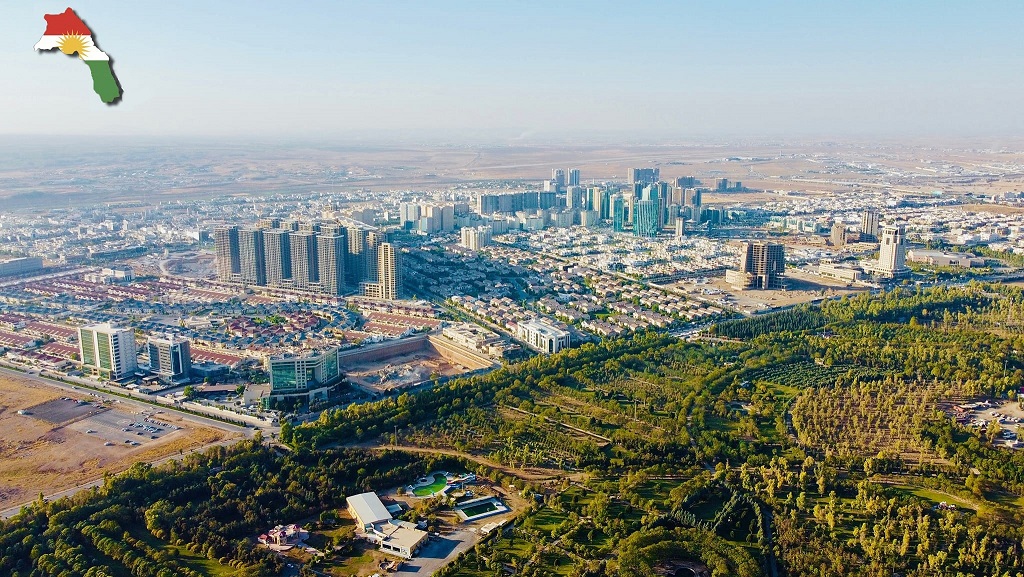
Irbilium (Hewler) Sümer Eridu veya Abu Shahrain (MÖ 6000) antik kentinden çok daha eskidir.
Çünkü sümerler Kuzey Mezopotamya'dan (tarihi Kürdistan'dan) Irak düzlemi çöllerine göçmüşlerdir.
KER MEBIN! KURD NABÊJIN Erbîl - KURD DIBÊJIN: HEWLÊR!

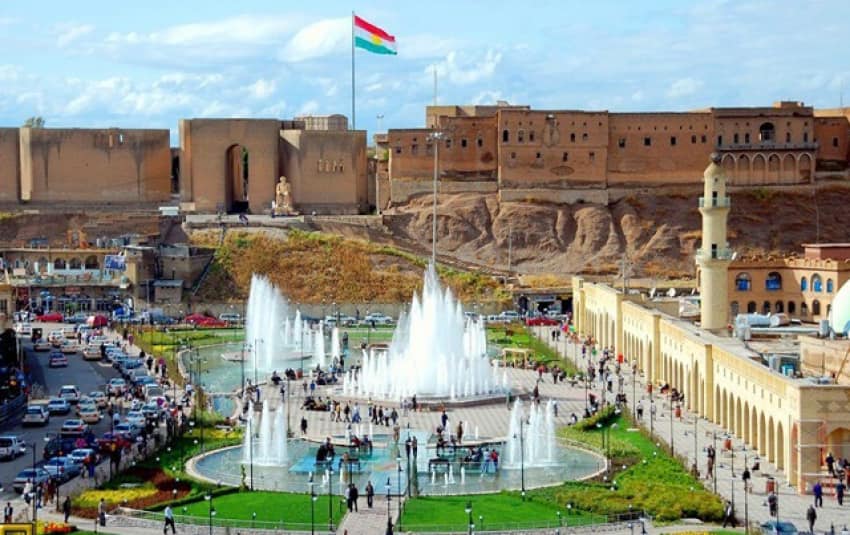
The Hewler Castle is built for 5000 years agot by Kurd's ancestors Hurrians
Şimdiye kadar yapılmış olan Arkeolojik kazılarda, Hewler'deki kentsel yaşamın M.Ö. 6000 yıllarına tarihlenebileceğini ve dünyanın en eski sürekli yerleşim yerlerinden biri olduğunu gösteriyor.
The first excavations show that urban life in Erbil can be dated back to at least 6000 BC and it is one of the oldest continuously inhabited cities in the world.
Erbil or Hawler (Kurdish:, Hewlêr) known in ancient history as Arbela, is the capital and most populated city in the Southern Kurdistan. It has around 1.5 million inhabitants, while Erbil Governorate has 2,932,800 inhabitants as of 2020.
The booming city of Erbil (ancient Arbela) in Kurdistan encircles the ancient citadel where evidence of more than six millennia of human habitation is just beginning to be uncovered.
The 100-foot-high, oval-shaped citadel of Erbil towers high above the northern Mesopotamian plain, within sight of the Zagros Mountains that lead to a widespread plateau. The massive mound, with its vertiginous man-made slope, built up by its inhabitants over at least the last 6,000 years, is the heart of what may be the world’s oldest continuously occupied settlement. At various times over its long history, the city has been a pilgrimage site dedicated to a great goddess, a prosperous trading center, a town on the frontier of several empires, and a rebel stronghold.
Yet despite its place as one of the ancient Near East’s most significant cities, Erbil’s past has been largely hidden. A dense concentration of nineteenth- and twentieth-century houses stands atop the mound, and these have long prevented archaeologists from exploring the city’s older layers. As a consequence, almost everything known about the metropolis—called Arbela in antiquity—has been cobbled together from a handful of ancient texts and artifacts unearthed at other sites. “We know Arbela existed, but without excavating the site, all else is a hypothesis,” says University of Cambridge archaeologist John MacGinnis.
Last year, for the first time, major excavations began on the north edge of the enormous hill, revealing the first traces of the fabled city. Ground-penetrating radar recently detected two large stone structures below the citadel’s center that may be the remains of a renowned temple dedicated to Ishtar, the goddess of love and war. There, according to ancient texts, Assyrian kings sought divine guidance, and Alexander the Great assumed the title of King of Asia in 331 B.C. Other new work includes the search for a massive fortification wall surrounding the ancient lower town and citadel, excavation of an impressive tomb just north of the citadel likely dating to the seventh century B.C., and examination of what lies under the modern city’s expanding suburbs. Taken together, these finds are beginning to provide a more complete picture not only of Arbela’s own story, but also of the growth of the first cities, the rise of the Assyrian Empire, and the tenacity of an ethnically diverse urban center that has endured for more than six millennia. Located on a fertile plain that supports rain-fed agriculture, Erbil and its surrounds have, for thousands of years, been a regional breadbasket, a natural gateway to the east, and a key junction on the road connecting the Gulf to the south with Anatolia to the north. Geography has been both the city’s blessing and curse in this perennially fractious region. Inhabitants fought repeated invasions by the soldiers of the Sumerian capital of Ur 4,000 years ago, witnessed three Roman emperors attack the Persians, and suffered the onslaught of Genghis Khan’s cavalry in the thirteenth century, the cannons of eighteenth-century Afghan warlords, and the wrath of Saddam Hussein’s tanks only 20 years ago. Yet, through thousands of years, the city survived, and even thrived, while other once-great cities such as Babylon and Nineveh crumbled.
Andrew LAWLER
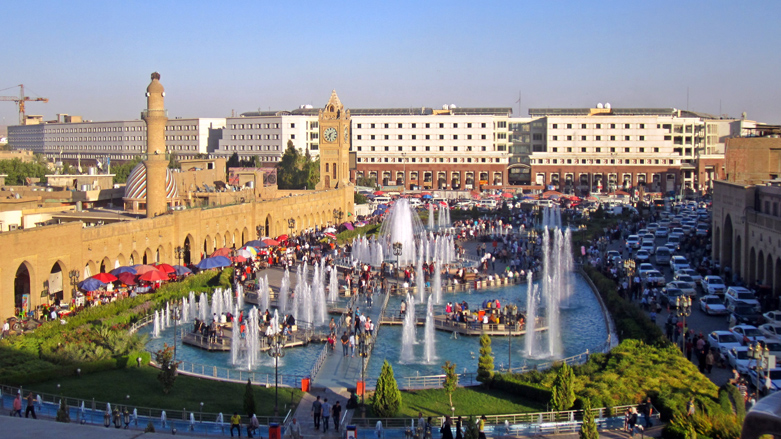
Kurd nabêjin "erbil" - Kurd dibêjin: HEWLÊR7
Since the Kurds were the earliest community founders (proto-clans) in historical Mesopotamia, they spread throughout Mesopotamia since the begining of the historical process. As Ferdinand Hennerbichler state: “Kurds are clearly visible from the earliest traceable beginnings as the indigenous people of the Neolithic, Northern Fertile Crescent lands of the Near East and Eurasia.” In this connection, as there are tribes derived from the Kurds, many tribes also lived among the Kurds. As the Kurds established their own kingdoms and empires such as the Gutians, the Mitanians, here were also Kurds in the kingdoms and empires of many other peoples, as in the Sumerians and the Hurrians. The Hurrians are one of these peoples, including the Kurds. This does not mean that even though the Hurians were from the Semitic race and were pledging allegiance to the gods and religions of other peoples, this does not mean that they were not the ancestors of the Kurds. There were also Kurds among the Hurrians as in the Sumerians, and these Hurri-Kurds are of course considered to be the ancestors of the Kurds. ___________________ Kürdler tarihi Mezopotanya'da en ilk toplum kurucuları (proto-kavim) oldukları için tarihi süreç içerisinde tüm Mezopotamya'ya yayılmaları gerçekleşmiştir. Ferdinand Hennerbichler'in dediği gibi: “kürdler izlenebilir en erken başlangıçtan beri Yakın Doğu ve Avrasya’nın Cilalı Taş Devri, Kuzey Bereketli Hilal topraklarının yerli halkı olduğunu açıkça görülmektedir.” Bu münasebetle kürdlerden türeme kavimler olduğu gibi, birçok kavim de kürdlerin içinde yaşamıştır. Kürdler gutiler, gutiler, mitaniler gibi kendi öz krallık ve imparatorluklarını kurdukları gibi, sümer'lerde ve huriler'de olduğu gibi birçok kavimin krallık ve imparatorluklarının içinde kürdler de olmuştur. Huriler de içinde kürdlerin bulunduğu bu kavimlerden biridir. Bu şu anlama gelmiyor, herne kadar huriler semitik ırkından gelme idiylerse de ve herne kadar başka kavimlerin tanrılarına ve dinlerine biat ediyordularsa da bu onların kürdlerin ataları olmadığı sonucunu getirmez. Hurilerin içinde sümerler'de olduğu gibi kürdler de vardı ve bu huri-kürdler elbette ki kürdlerin ataları sayılır. |
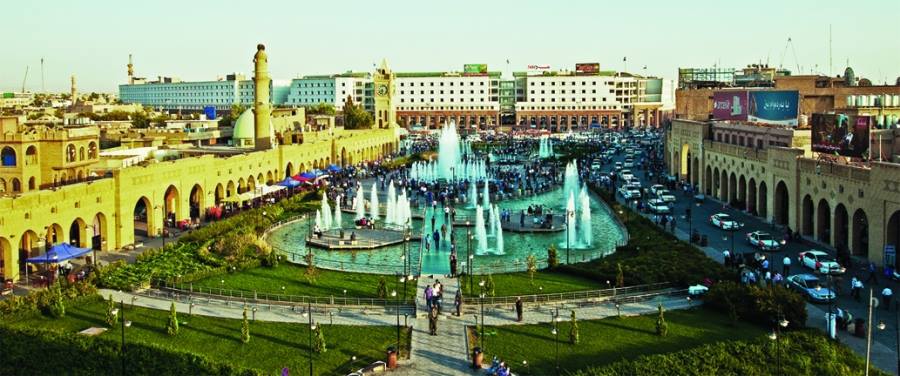
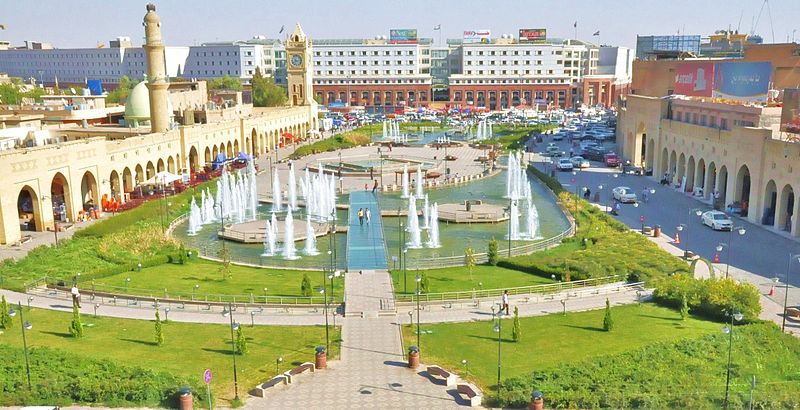
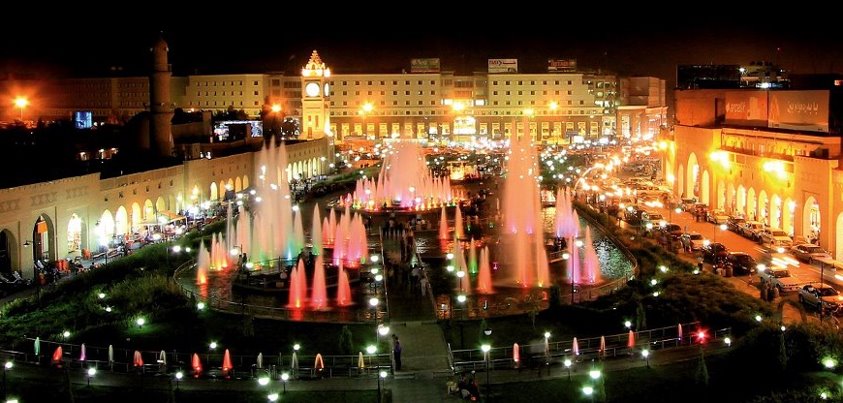
Hewler City by night, at the present time: 2012
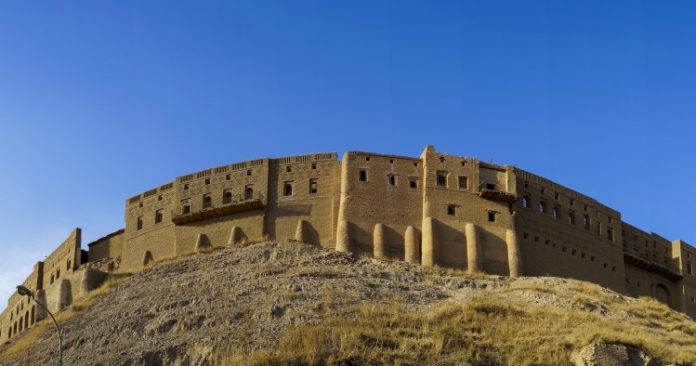
The Hewler Castle is built for 5000 years agot by Kurd's ancestors Hurrians
The Kurdish Citadel of Erbil
One of the three remaining castles in South Kurdistan that defies time, dating back more than 3000 years
No one knows when it was built. It is next to the castle of Tal Afar and the castle of Kirkuk
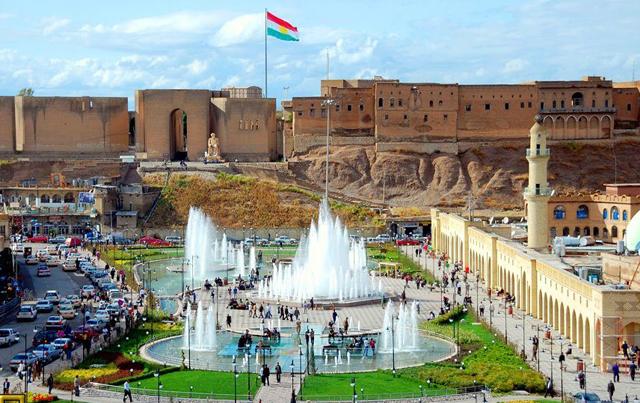
Hewlêr Kalesi 5000 yıl önce yapılmıştır.
Kalenin inşasına dair ilk bilgiler, Ebla Tabletleri'nde görülür ve kale Babil İmparatorluğu döneminde özel bir önem kazanır.
Kale UNESCO Dünya kültür mirası listesine alındı.
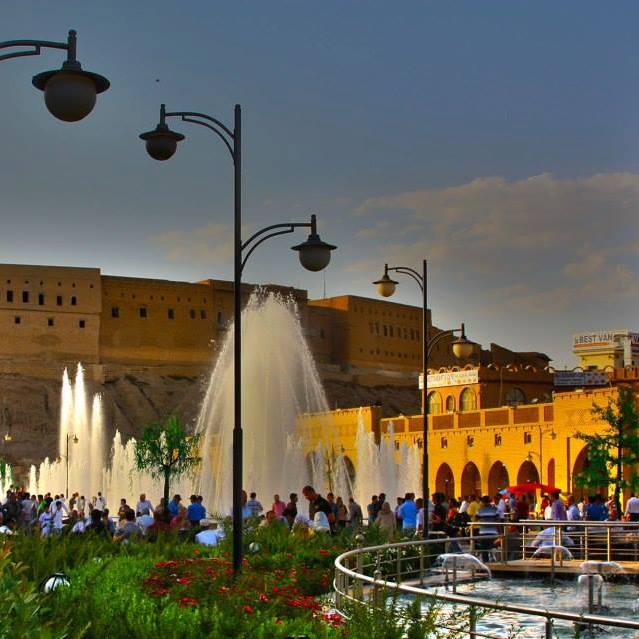
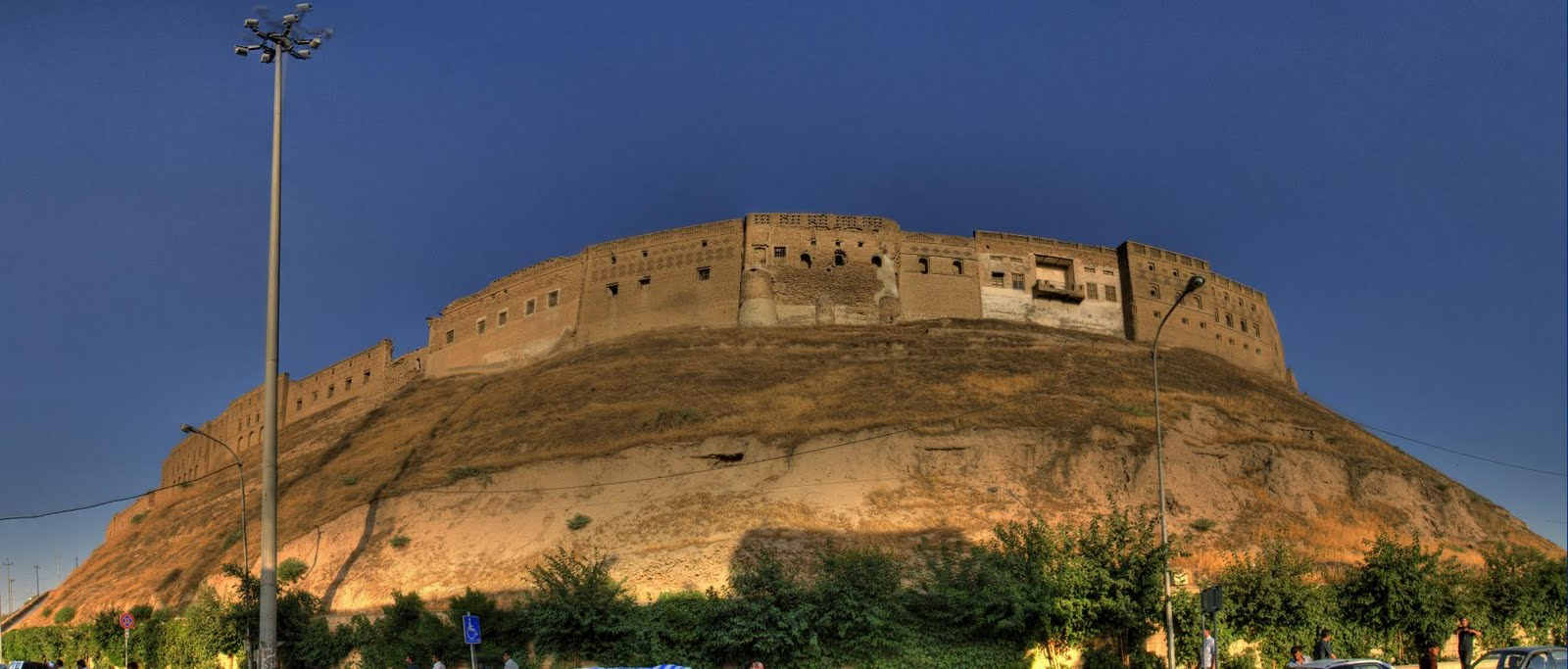
The citadel in Erbil can lay claim to being one of the oldest continuously inhabited place on Earth.
NASA: Kurdistan's Erbil Citadel oldest human-occupied settlement on Earth, 2019

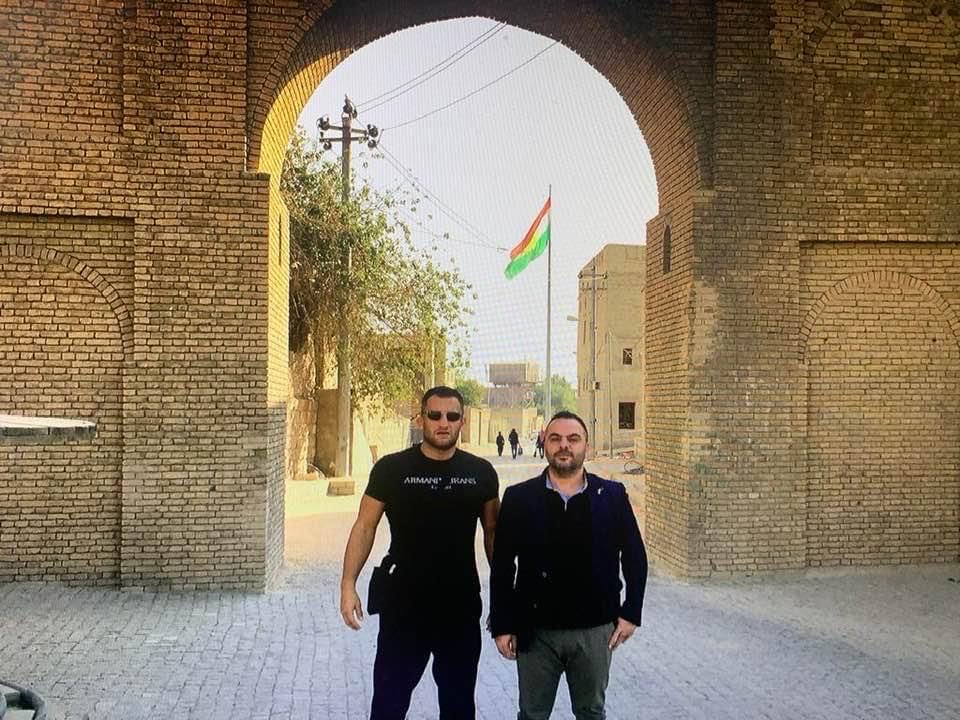
M.K.
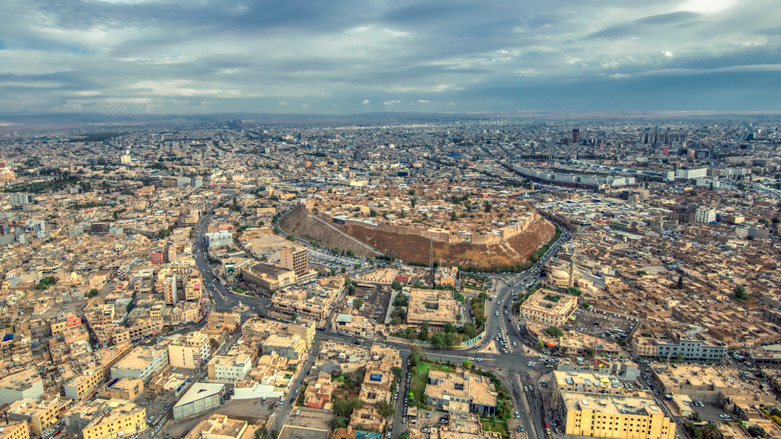
Bird-view image of the Erbil Citadel.
The booming city of Hewler in Kurdistan encircles the ancient citadel where evidence of more than six millennia of human habitation is just beginning to be uncovered.
The booming city of Erbil (ancient Arbela) in Kurdistan encircles the ancient citadel where evidence of more than six millennia of human habitation is just beginning to be uncovered.
The 100-foot-high, oval-shaped citadel of Hewler towers high above the northern Mesopotamian plain, within sight of the Zagros Mountains that lead to the 'Iranian' plateau. The massive mound, with its vertiginous man-made slope, built up by its inhabitants over at least the last 6,000 years, is the heart of what may be the world’s oldest continuously occupied settlement. At various times over its long history, the city has been a pilgrimage site dedicated to a great goddess, a prosperous trading center, a town on the frontier of several empires, and a rebel stronghold.
Yet despite its place as one of the ancient Near East’s most significant cities, Hewler ’s past has been largely hidden. A dense concentration of nineteenth- and twentieth-century houses stands atop the mound, and these have long prevented archaeologists from exploring the city’s older layers. As a consequence, almost everything known about the metropolis—called Arbela in antiquity—has been cobbled together from a handful of ancient texts and artifacts unearthed at other sites. “We know Arbela existed, but without excavating the site, all else is a hypothesis,” says University of Cambridge archaeologist John MacGinnis.
Last year, for the first time, major excavations began on the north edge of the enormous hill, revealing the first traces of the fabled city. Ground-penetrating radar recently detected two large stone structures below the citadel’s center that may be the remains of a renowned temple dedicated to Ishtar, the goddess of love and war. There, according to ancient texts, Assyrian kings sought divine guidance, and Alexander the Great assumed the title of King of Asia in 331 B.C. Other new work includes the search for a massive fortification wall surrounding the ancient lower town and citadel, excavation of an impressive tomb just north of the citadel likely dating to the seventh century B.C., and examination of what lies under the modern city’s expanding suburbs. Taken together, these finds are beginning to provide a more complete picture not only of Arbela’s own story, but also of the growth of the first cities, the rise of the mighty Assyrian Empire, and the tenacity of an ethnically diverse urban center that has endured for more than six millennia. Located on a fertile plain that supports rain-fed agriculture, Erbil and its surrounds have, for thousands of years, been a regional breadbasket, a natural gateway to the east, and a key junction on the road connecting the Persian Gulf to the south with Anatolia to the north. Geography has been both the city’s blessing and curse in this perennially fractious region. Inhabitants fought repeated invasions by the soldiers of the Sumerian capital of Ur 4,000 years ago, witnessed three Roman emperors attack the Persians, and suffered the onslaught of Genghis Khan’s cavalry in the thirteenth century, the cannons of eighteenth-century Afghan warlords, and the wrath of Saddam Hussein’s tanks only 20 years ago. Yet, through thousands of years, the city survived, and even thrived, while other once-great cities such as Babylon and Nineveh crumbled.
Şimdiye kadar yapılmış olan Arkeolojik kazılarda,
Hewlerdeki kentsel yaşamın M.Ö. 6000 yıllarına tarihlenebileceğini ve dünyanın en eski sürekli yerleşim yerlerinden biri olduğunu gösteriyor.
The first excavations show that urban life in Erbil can be dated back to at least 6000 BC and it is one of the oldest continuously inhabited cities in the world.
Erbil or Hawler (Kurdish: ھەولێر ,Hewlêr) known in ancient history as Arbela, is the capital and most populated city in the Kurdistan Region of Iraq. It has around 1.5 million inhabitants, while Erbil Governorate has 2,932,800 inhabitants as of 2020.
The booming city of Erbil (ancient Arbela) in Kurdistan encircles the ancient citadel where evidence of more than six millennia of human habitation is just beginning to be uncovered.
The booming city of Erbil (ancient Arbela) in Kurdistan encircles the ancient citadel where evidence of more than six millennia of human habitation is just beginning to be uncovered.
The 100-foot-high, oval-shaped citadel of Erbil towers high above the northern Mesopotamian plain, within sight of the Zagros Mountains that lead to the Iranian plateau. The massive mound, with its vertiginous man-made slope, built up by its inhabitants over at least the last 6,000 years, is the heart of what may be the world’s oldest continuously occupied settlement. At various times over its long history, the city has been a pilgrimage site dedicated to a great goddess, a prosperous trading center, a town on the frontier of several empires, and a rebel stronghold.
Yet despite its place as one of the ancient Near East’s most significant cities, Erbil’s past has been largely hidden. A dense concentration of nineteenth- and twentieth-century houses stands atop the mound, and these have long prevented archaeologists from exploring the city’s older layers. As a consequence, almost everything known about the metropolis—called Arbela in antiquity—has been cobbled together from a handful of ancient texts and artifacts unearthed at other sites. “We know Arbela existed, but without excavating the site, all else is a hypothesis,” says University of Cambridge archaeologist John MacGinnis.
Last year, for the first time, major excavations began on the north edge of the enormous hill, revealing the first traces of the fabled city. Ground-penetrating radar recently detected two large stone structures below the citadel’s center that may be the remains of a renowned temple dedicated to Ishtar, the goddess of love and war. There, according to ancient texts, Assyrian kings sought divine guidance, and Alexander the Great assumed the title of King of Asia in 331 B.C. Other new work includes the search for a massive fortification wall surrounding the ancient lower town and citadel, excavation of an impressive tomb just north of the citadel likely dating to the seventh century B.C., and examination of what lies under the modern city’s expanding suburbs. Taken together, these finds are beginning to provide a more complete picture not only of Arbela’s own story, but also of the growth of the first cities, the rise of the mighty Assyrian Empire, and the tenacity of an ethnically diverse urban center that has endured for more than six millennia. Located on a fertile plain that supports rain-fed agriculture, Erbil and its surrounds have, for thousands of years, been a regional breadbasket, a natural gateway to the east, and a key junction on the road connecting the Basra Gulf to the south with Anatolia to the north. Geography has been both the city’s blessing and curse in this perennially fractious region. Inhabitants fought repeated invasions by the soldiers of the Sumerian capital of Ur 4,000 years ago, witnessed three Roman emperors attack the persians, and suffered the onslaught of Genghis Khan’s cavalry in the thirteenth century, the cannons of eighteenth-century Afghan warlords, and the wrath of Saddam Hussein’s tanks only 20 years ago. Yet, through thousands of years, the city survived, and even thrived, while other once-great cities such as Babylon and Nineveh crumbled.
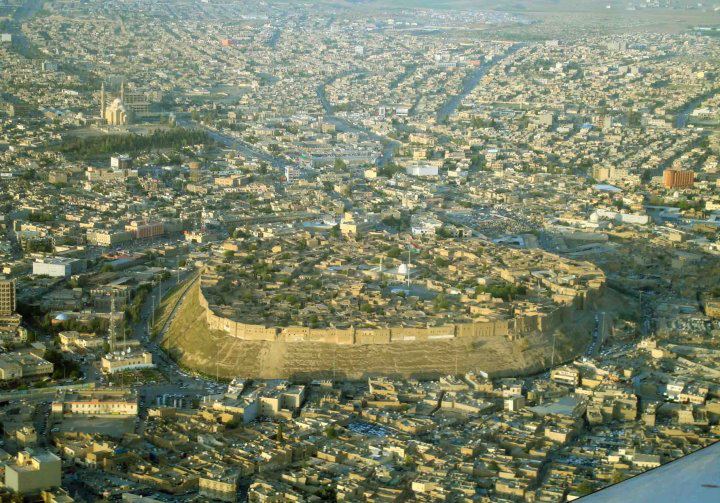
Şimdiye kadar yapılmış olan Arkeolojik kazılarda,
Hewler'deki kentsel yaşamın M.Ö. 6000 yıllarına tarihlenebileceğini ve dünyanın en eski sürekli yerleşim yerlerinden biri olduğunu gösteriyor.
The first excavations show that urban life in Erbil can be dated back to at least 6000 BC and it is one of the oldest continuously inhabited cities in the world.
Hawler (Erbil) known in ancient history as Arbela, is the capital and most populated city in the southern Kurdistan.
It has around 1.5 million inhabitants, while Erbil Governorate has 2,932,800 inhabitants as of 2020.

Hewlêr 2018
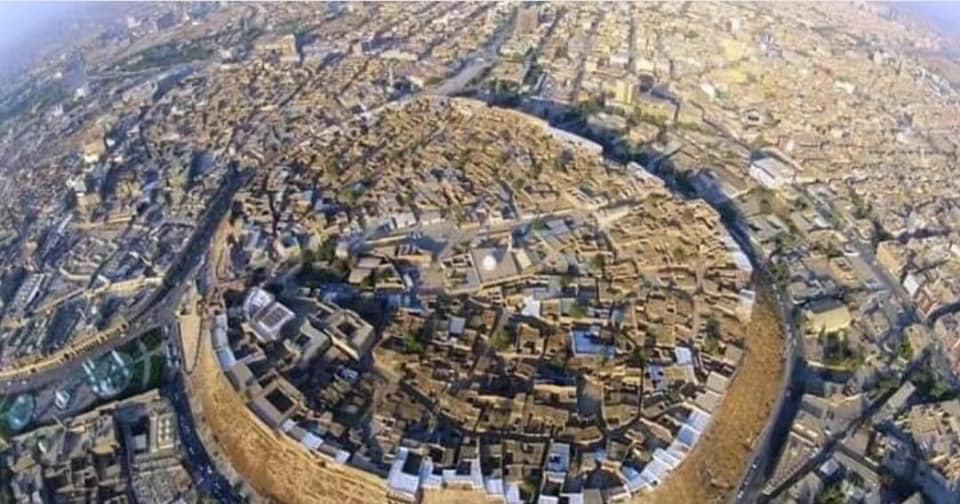
Qela-y Hewlêr, Dîdarê ji ezmanan..
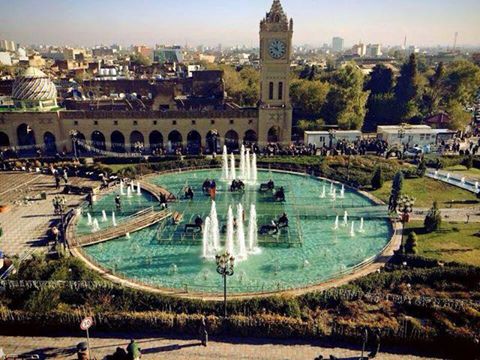
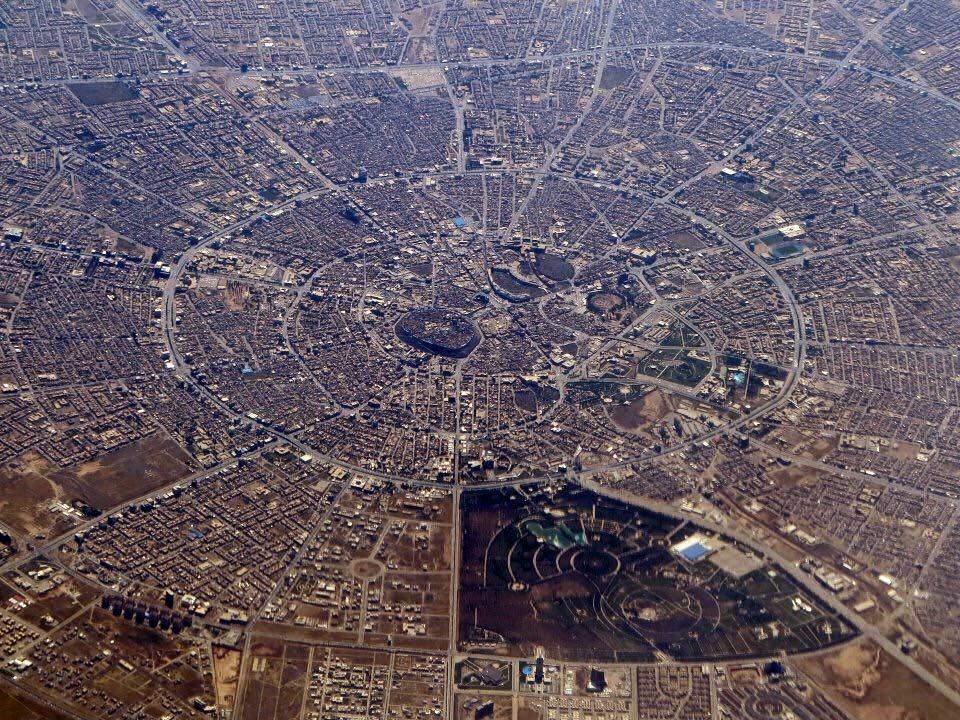
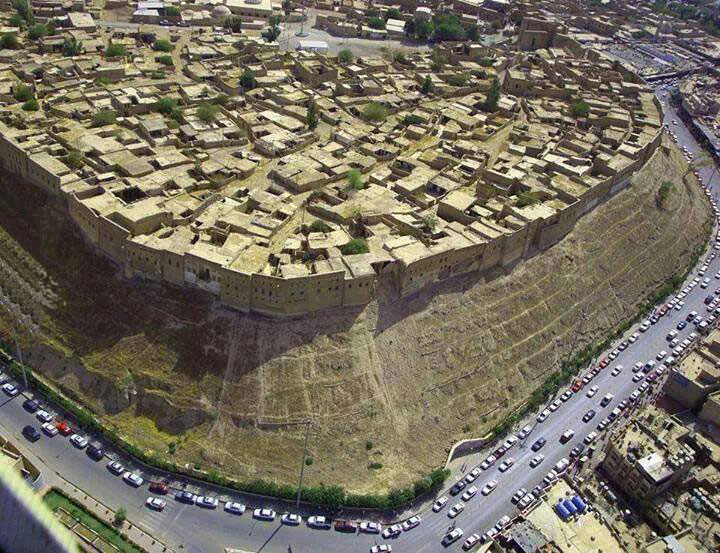
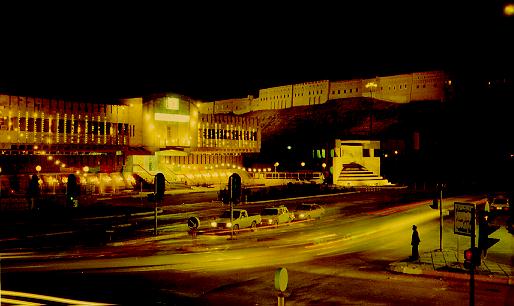
Hawlêr city by night: from the hard and boring Saddam era, before 2003
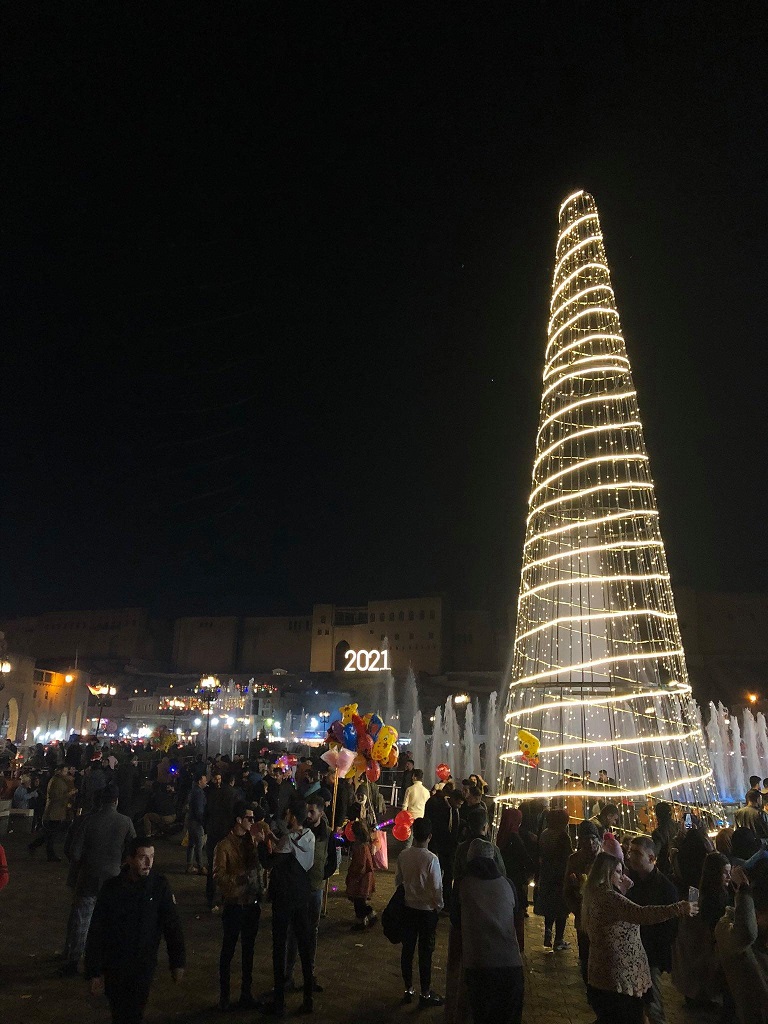
Saö-î Niwê Tan 2021 PÎROZ!

Hewler City Sightseeing 2019
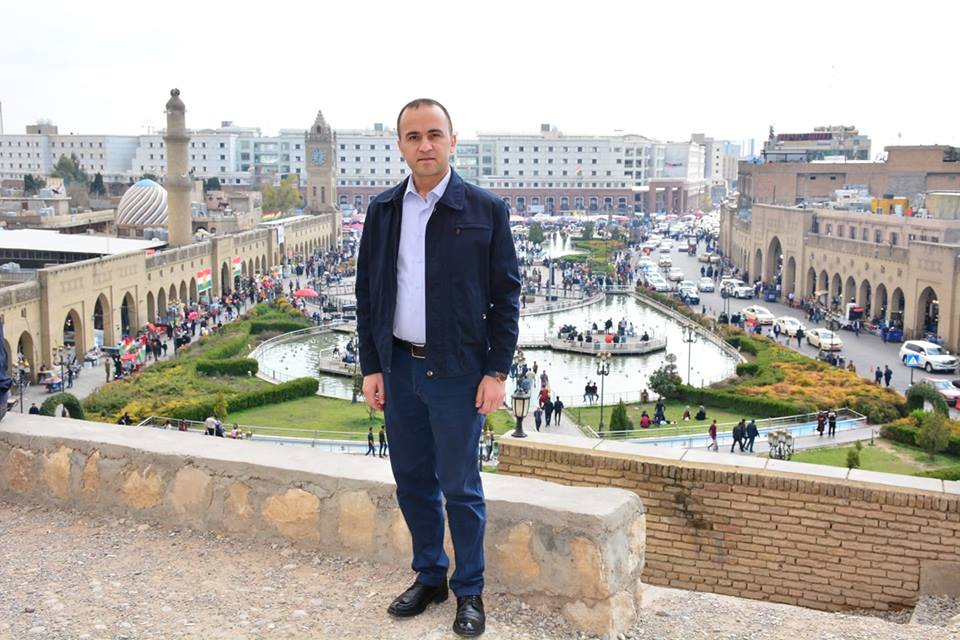
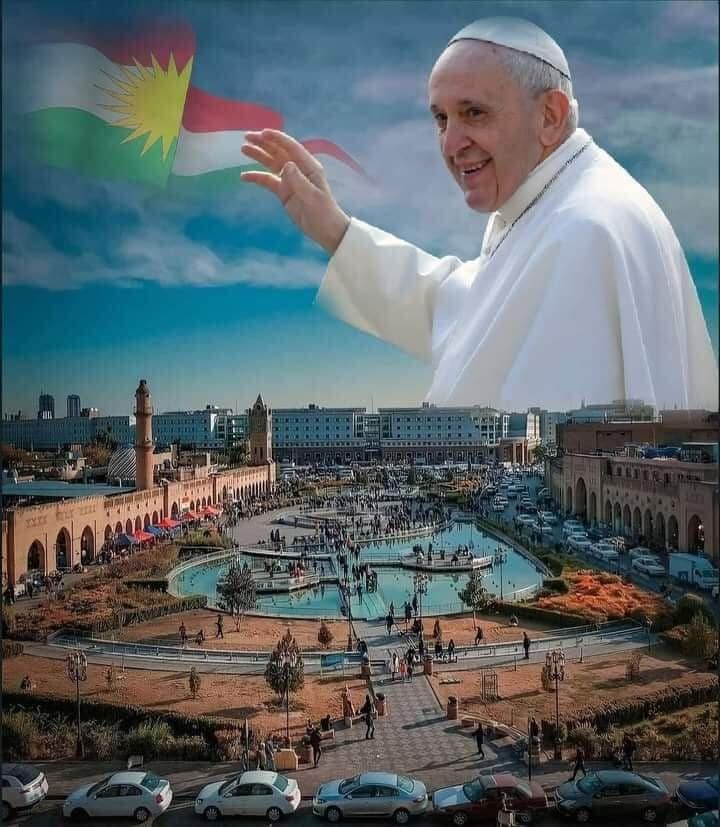
POPE FRANCIS' VISIT TO KURDISTAN
March 7th, 2021

POPE FRANCIS' VISIT TO KURDISTAN
March 7th, 2021
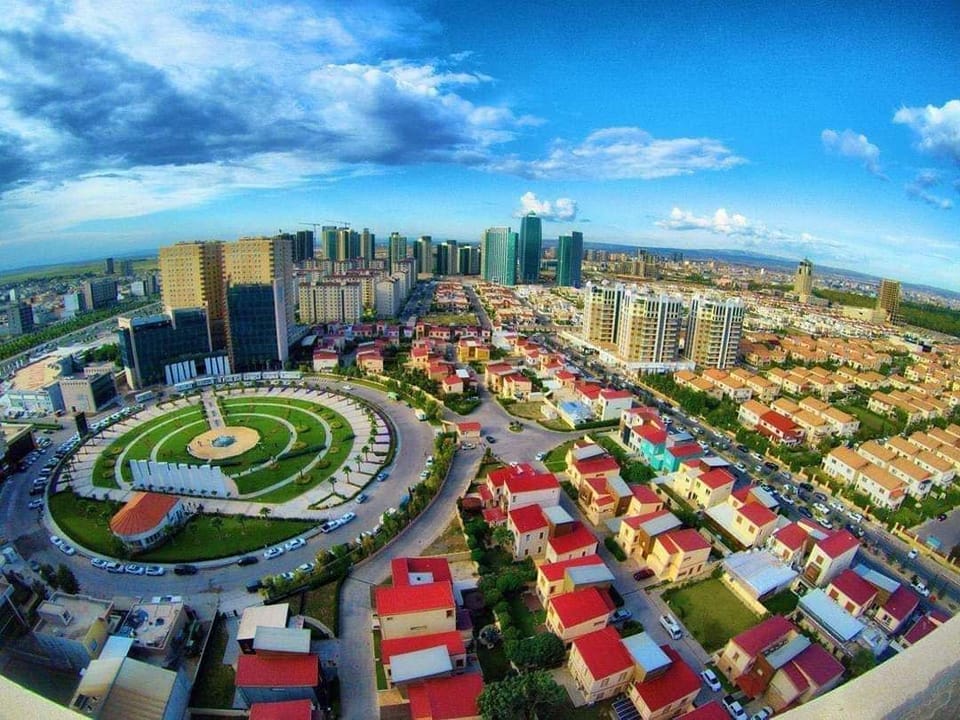
Hewlêr a top Modern Kurdish City
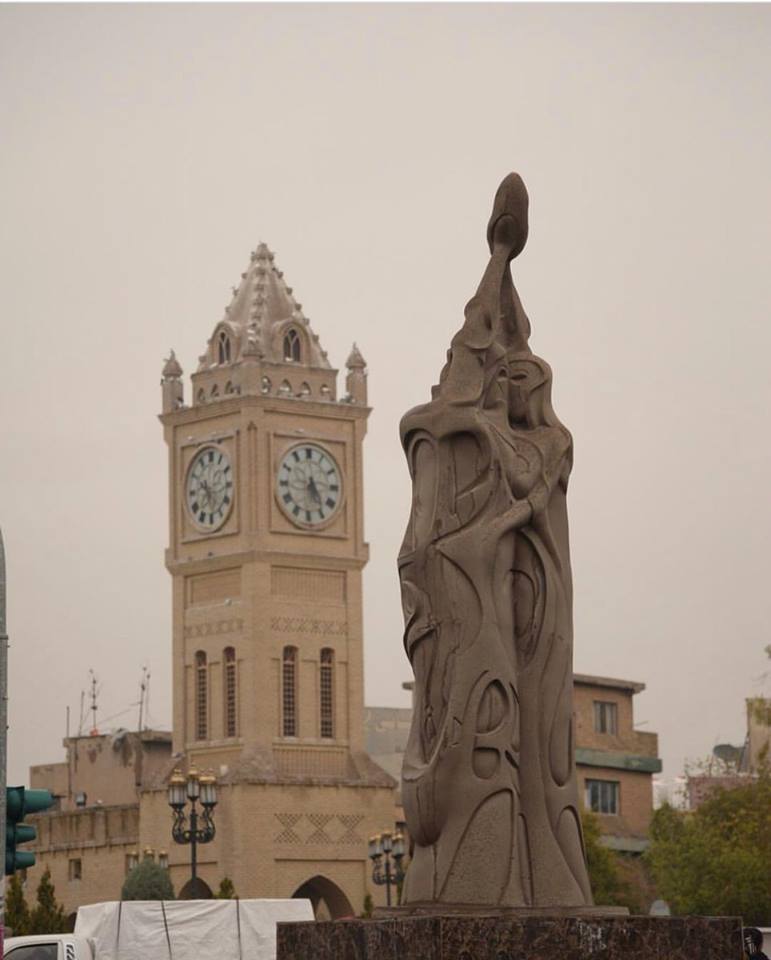
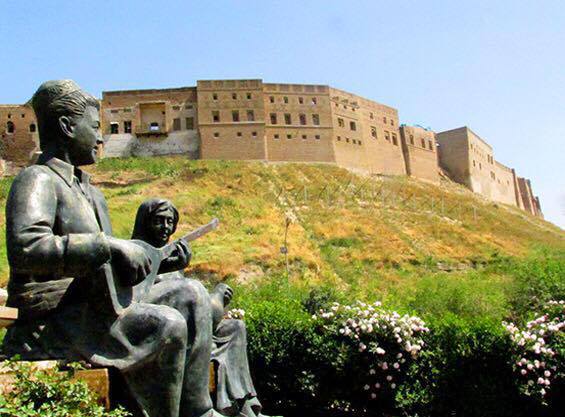
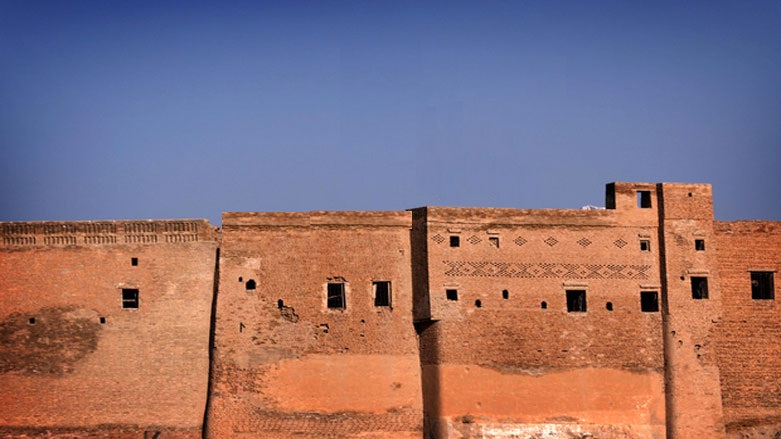

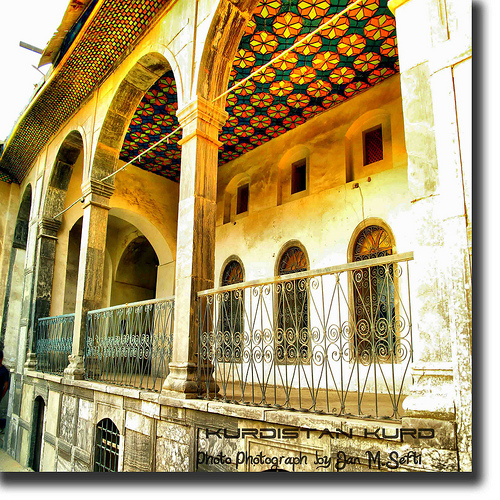
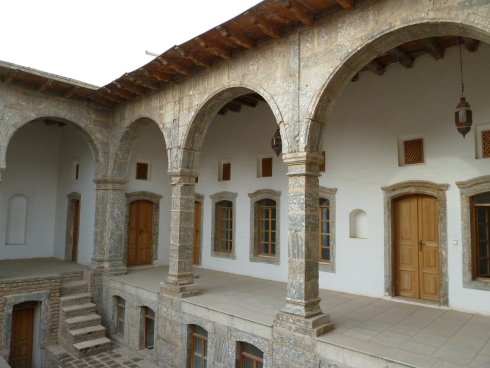
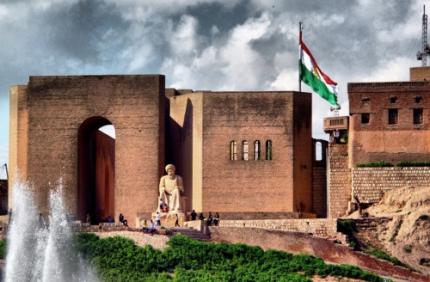
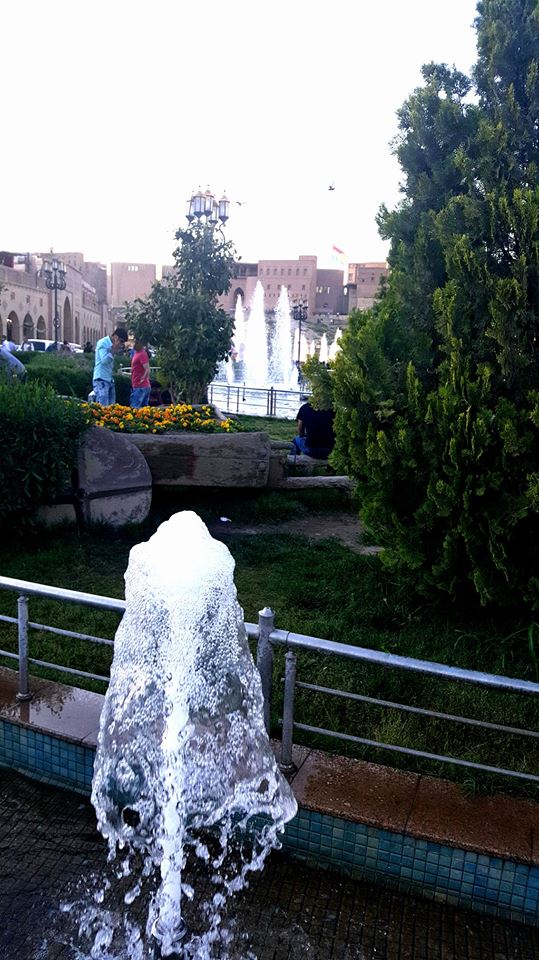
Hewler - Irbilium, Photo: Awat Dilzar
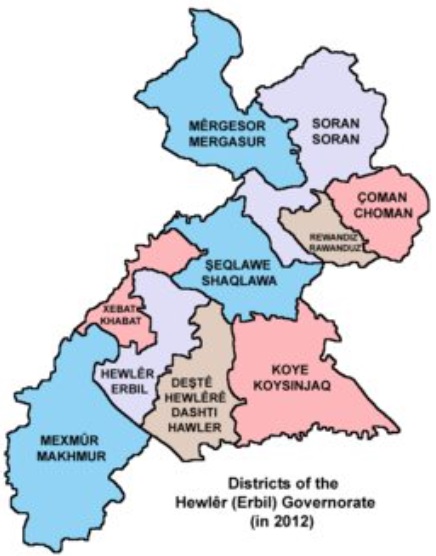
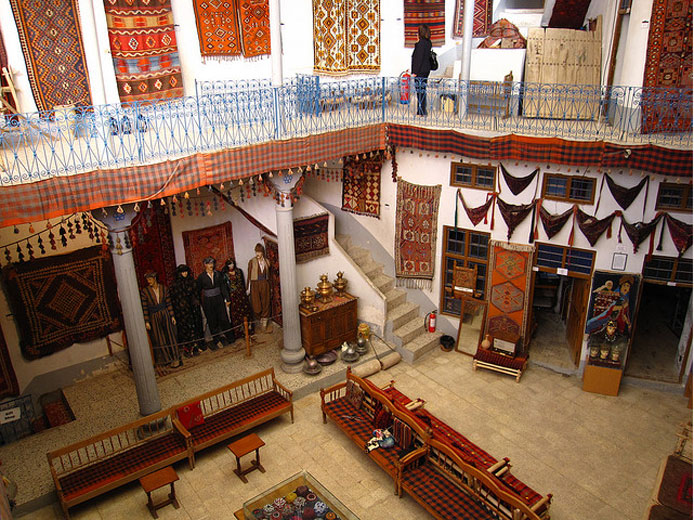
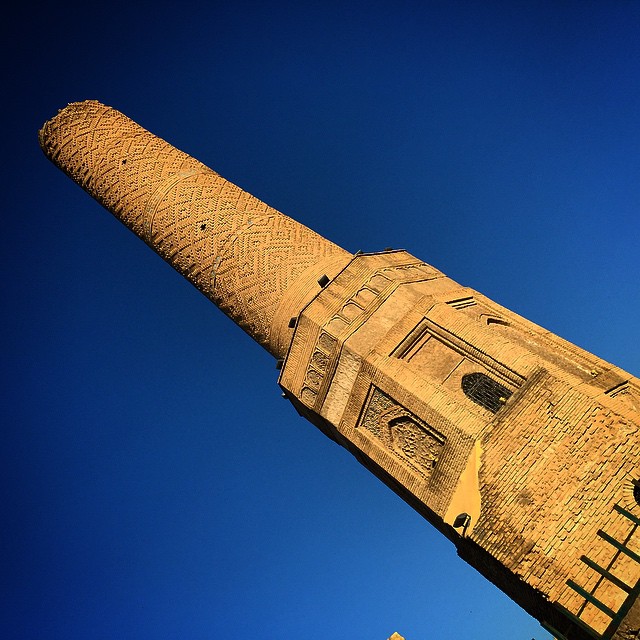
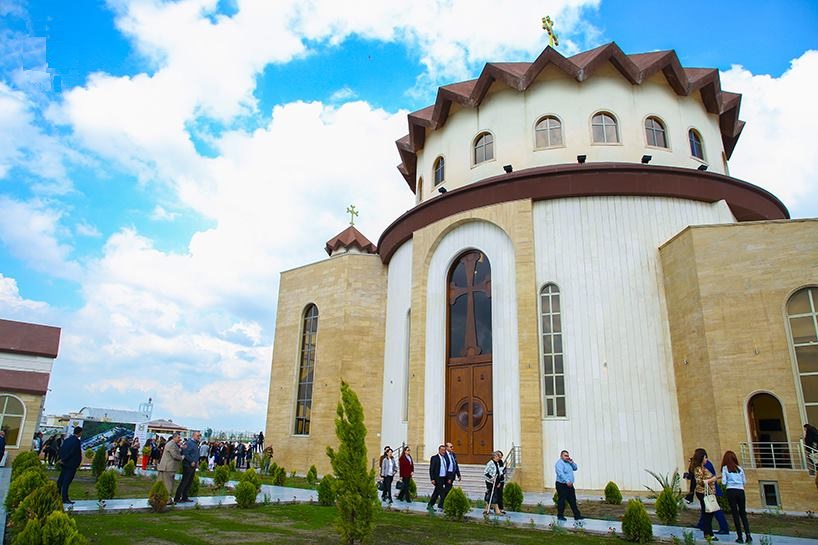
Armenian Church built 2019 in Ankawa suburb in Hewler/Erbil
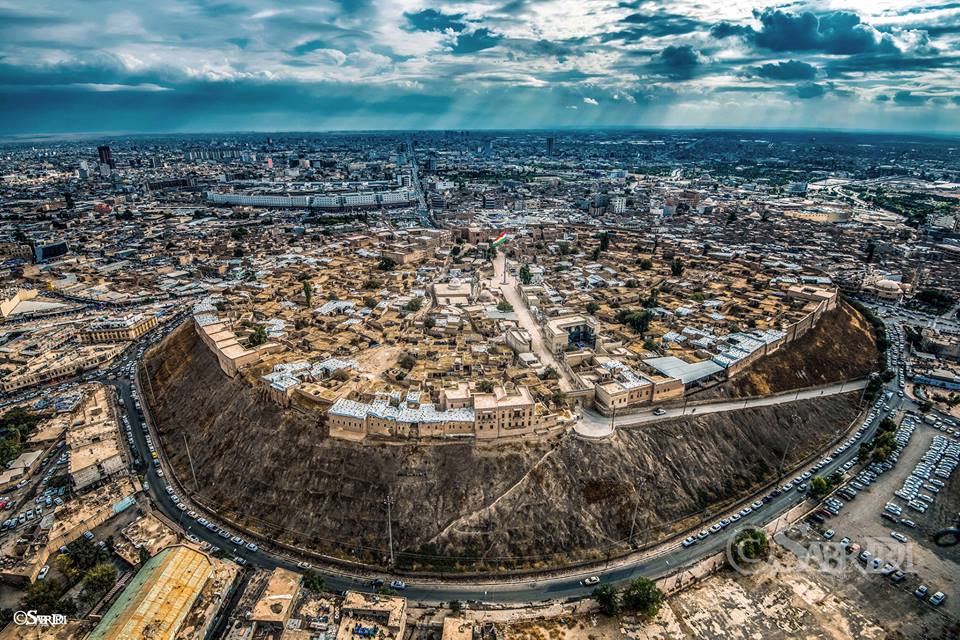
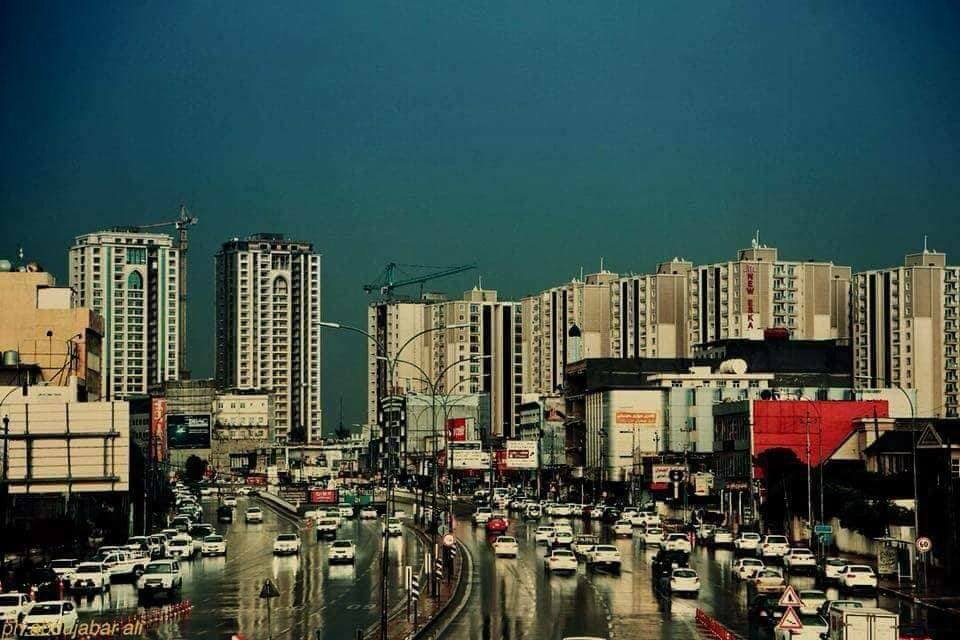

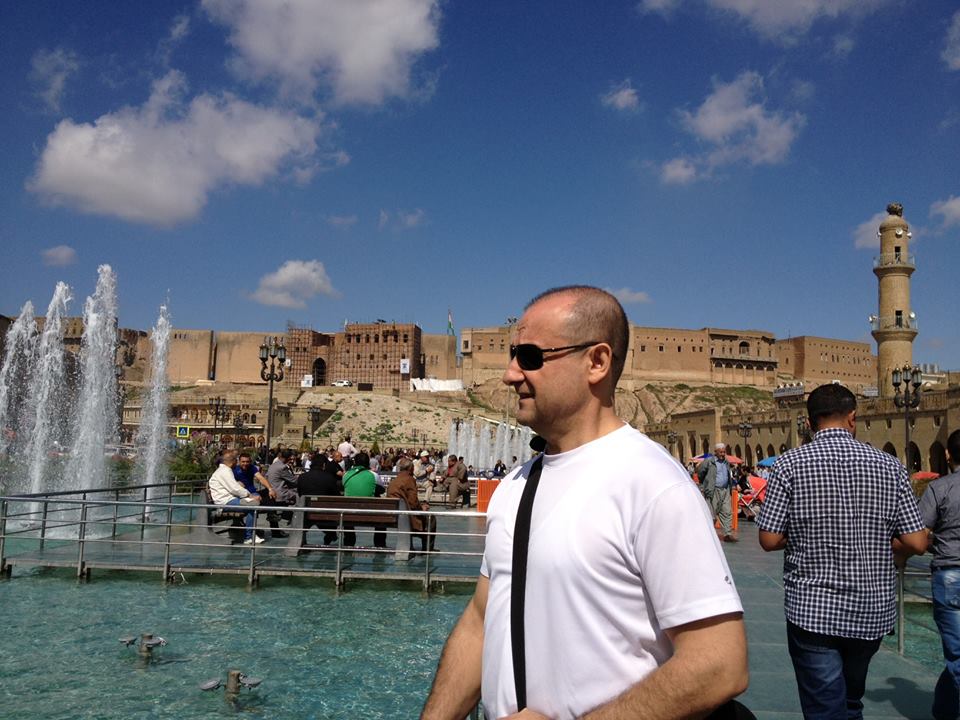
Goran Candan, 14 March 2014, Hewler
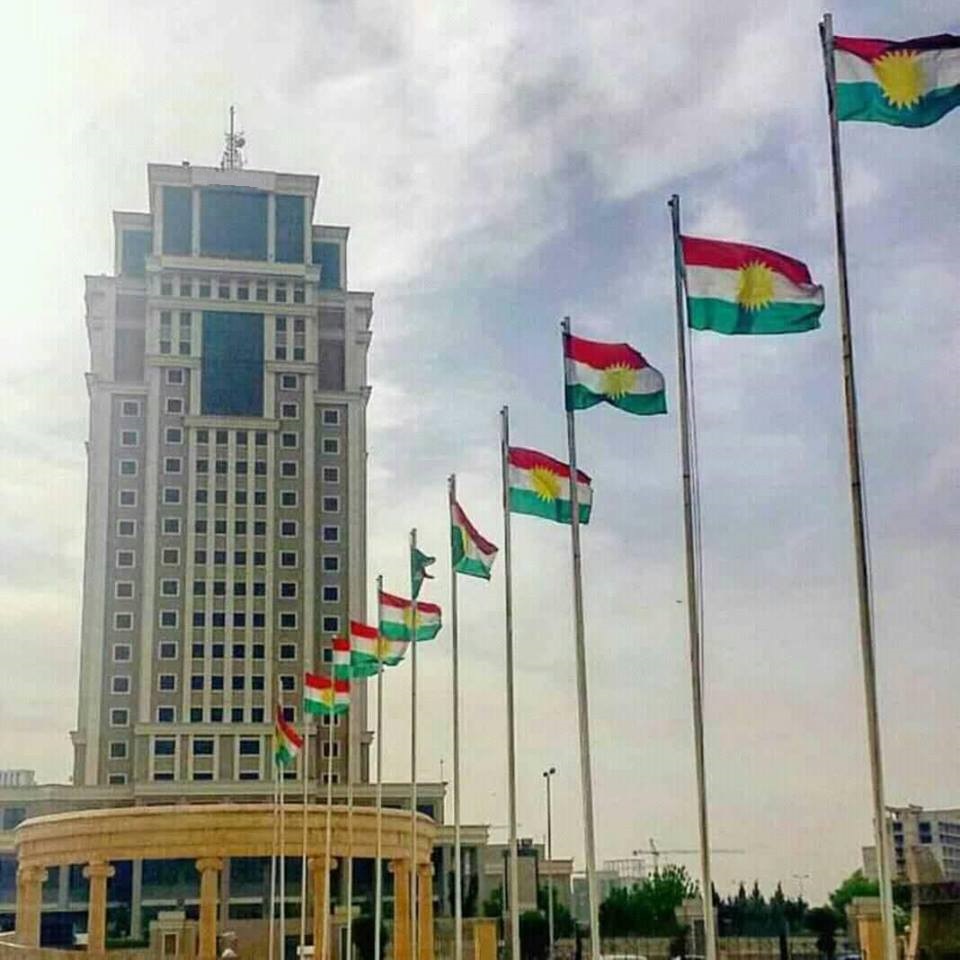
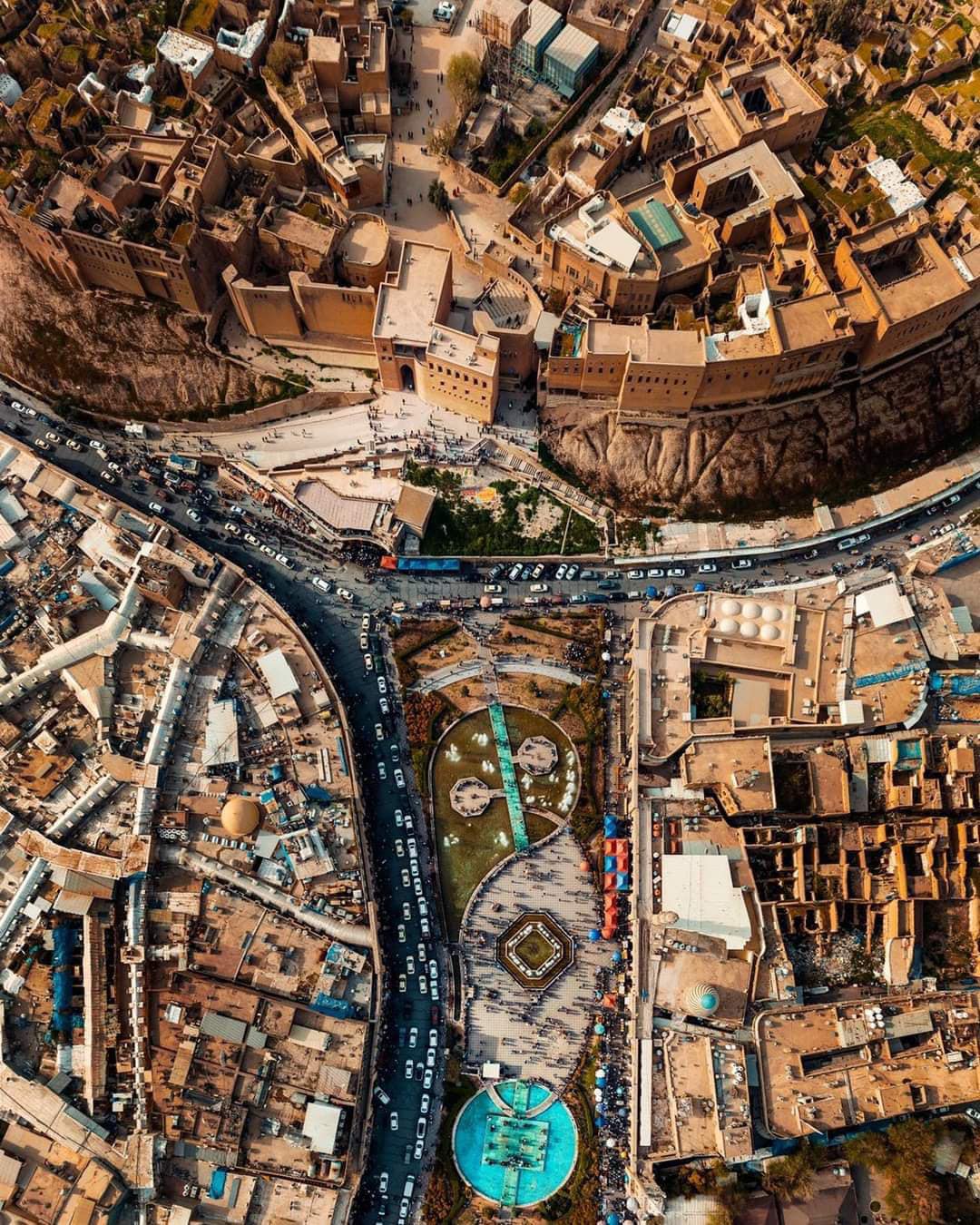

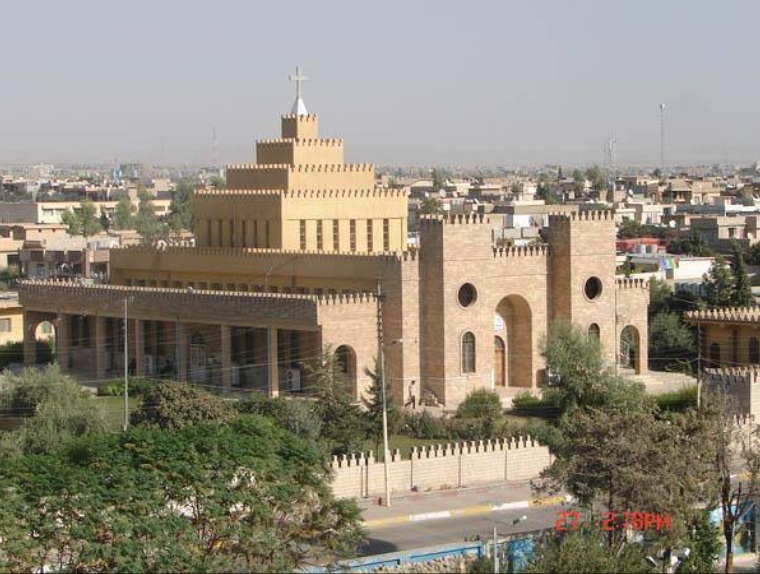
Dêra Kurdên Xiristiyan - Ankawa- Hewlêr
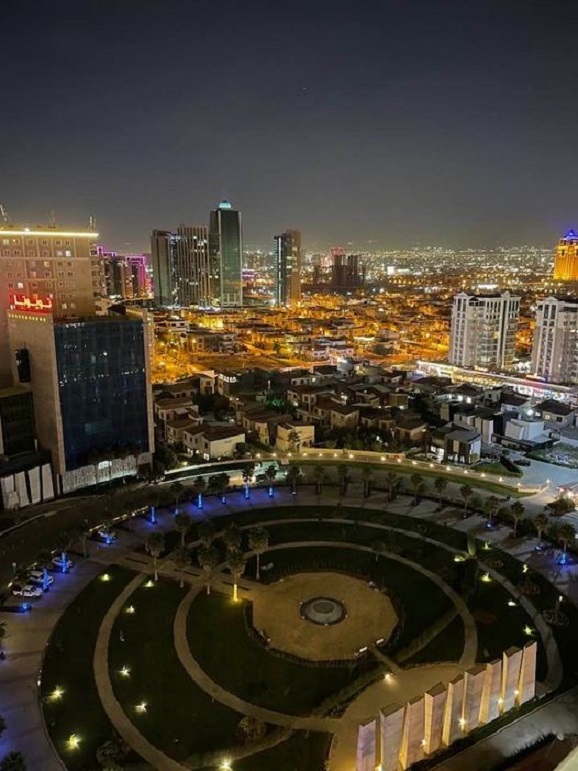
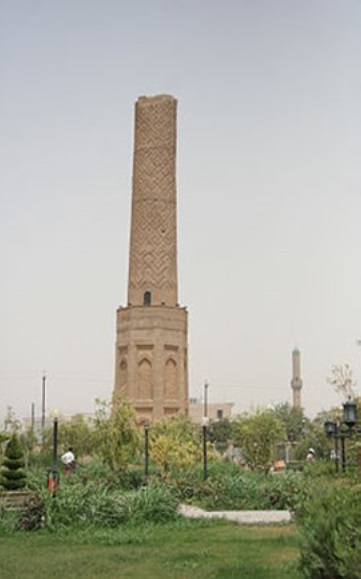
Minareya Qot a Mizgefta Gewre ya Hewlêrê
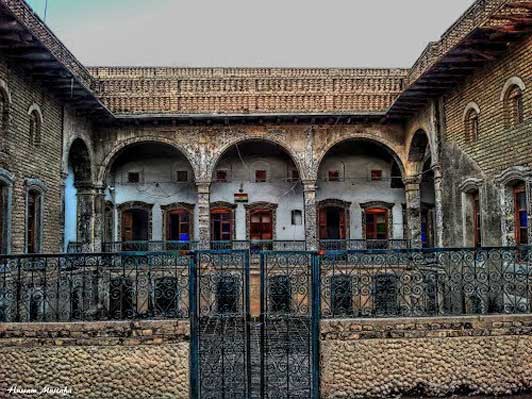
Old Style Kurdish House in Hewlêr
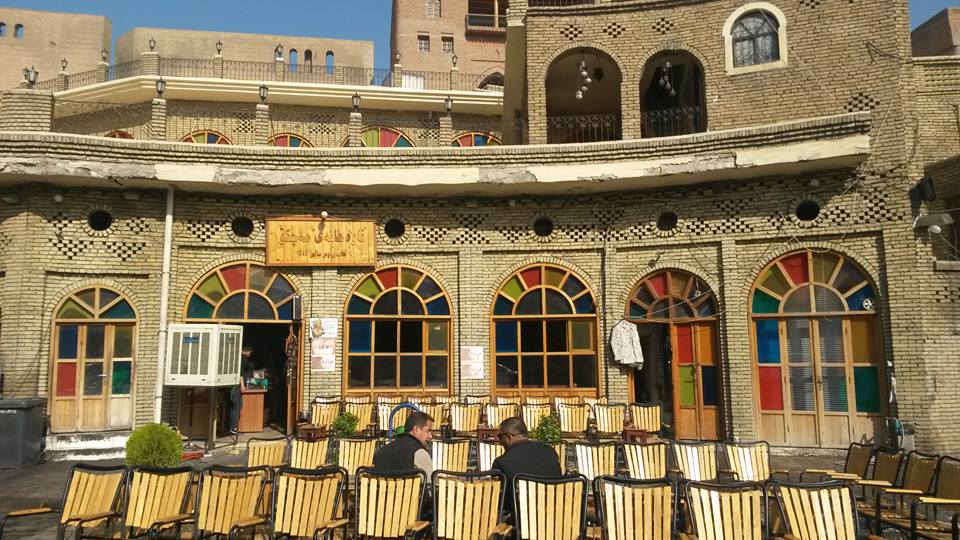
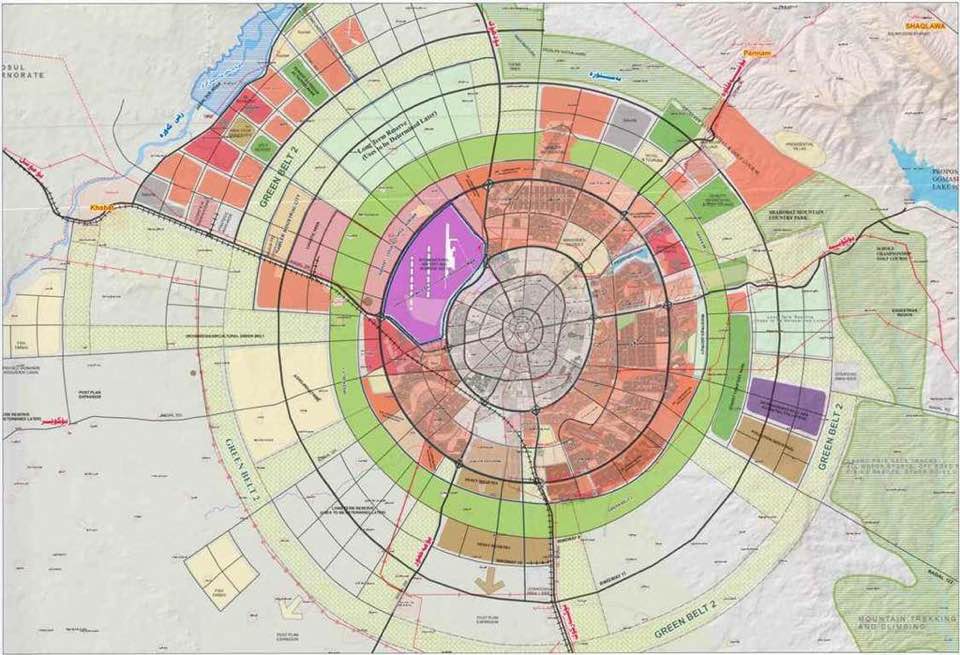
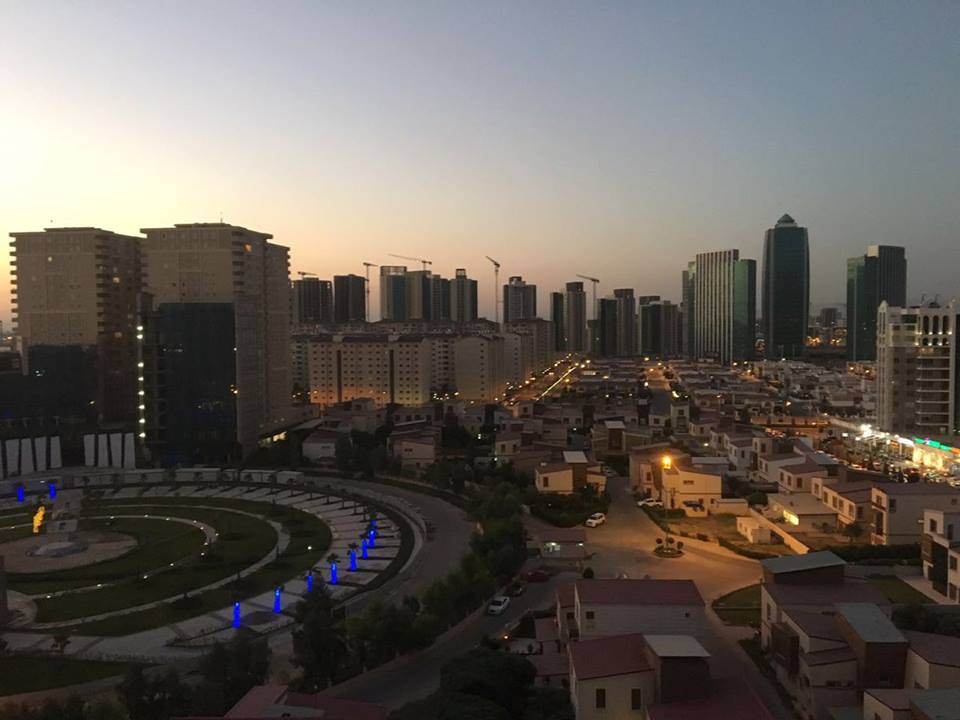
Hewlêr 2016
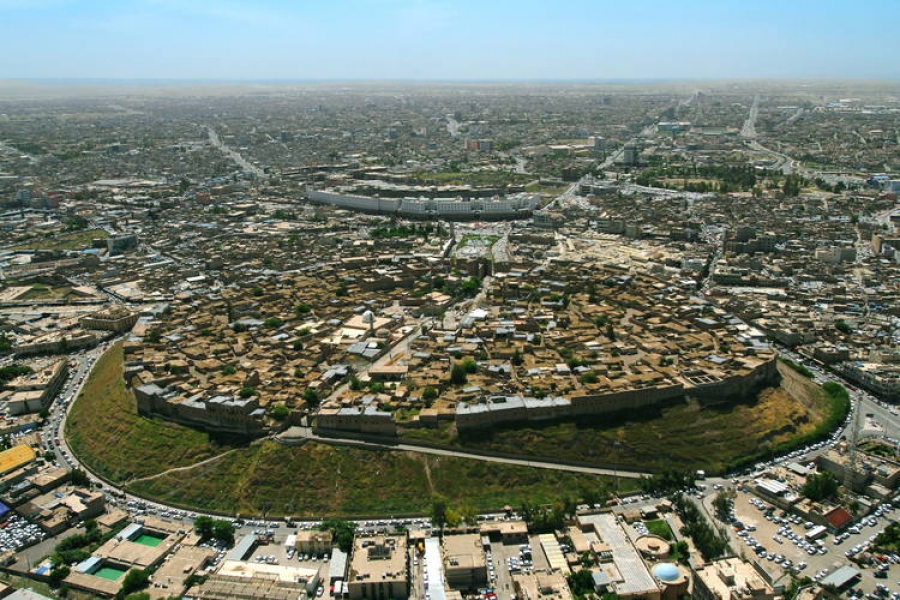
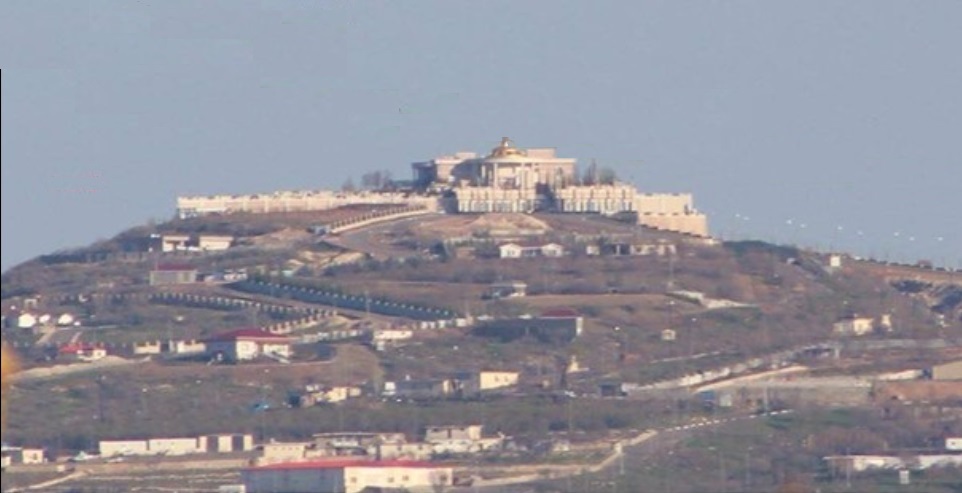
Pîrmam li Selahedîn. Birca Serokatiya Kurdistanê
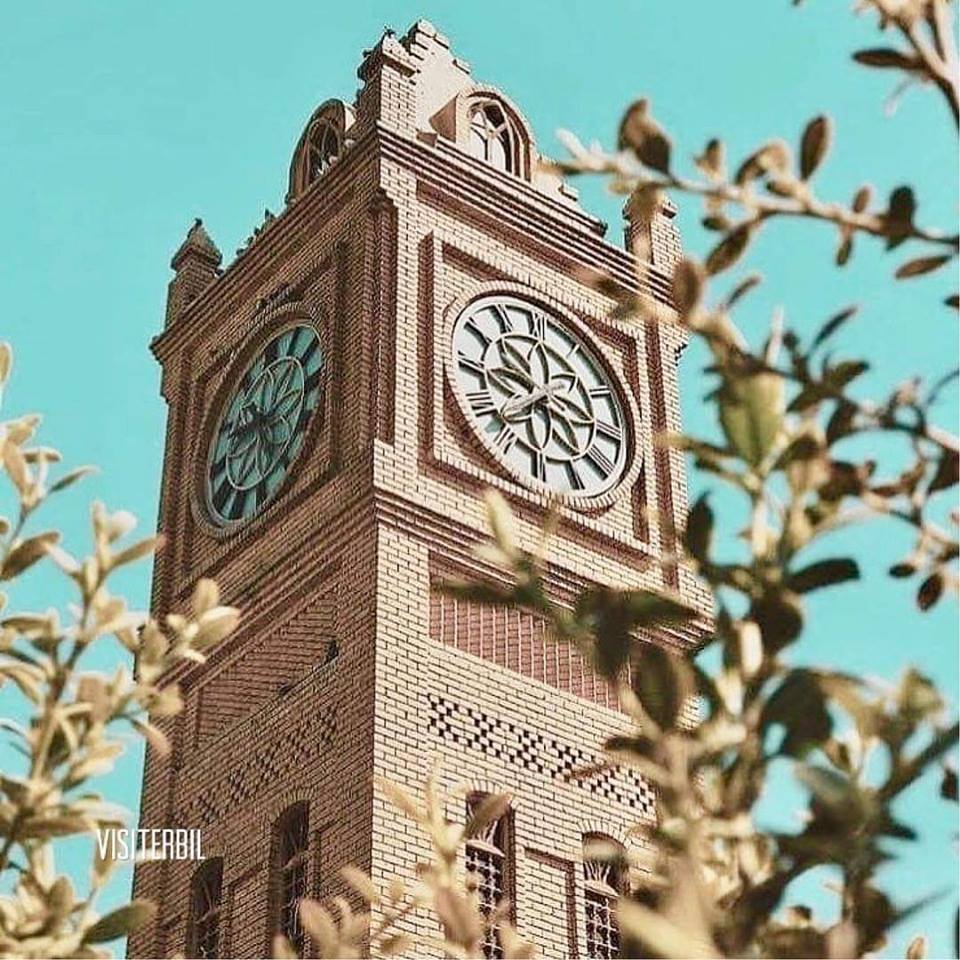
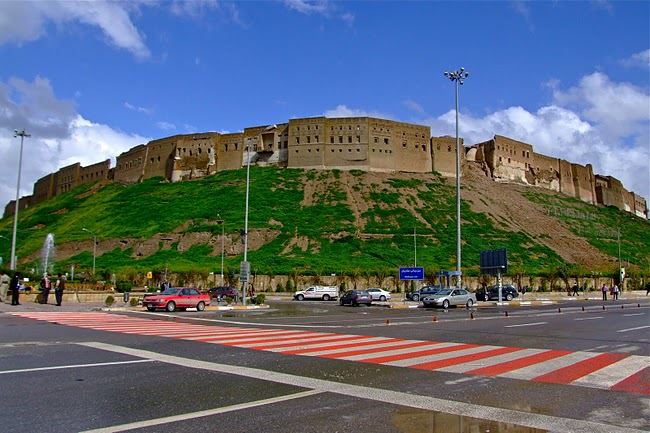
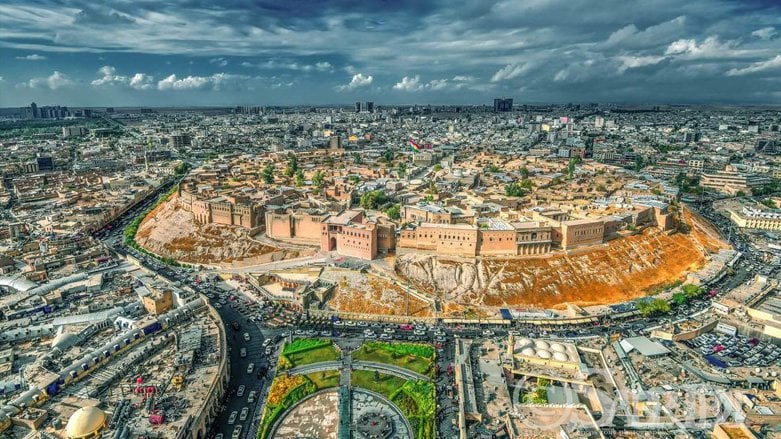
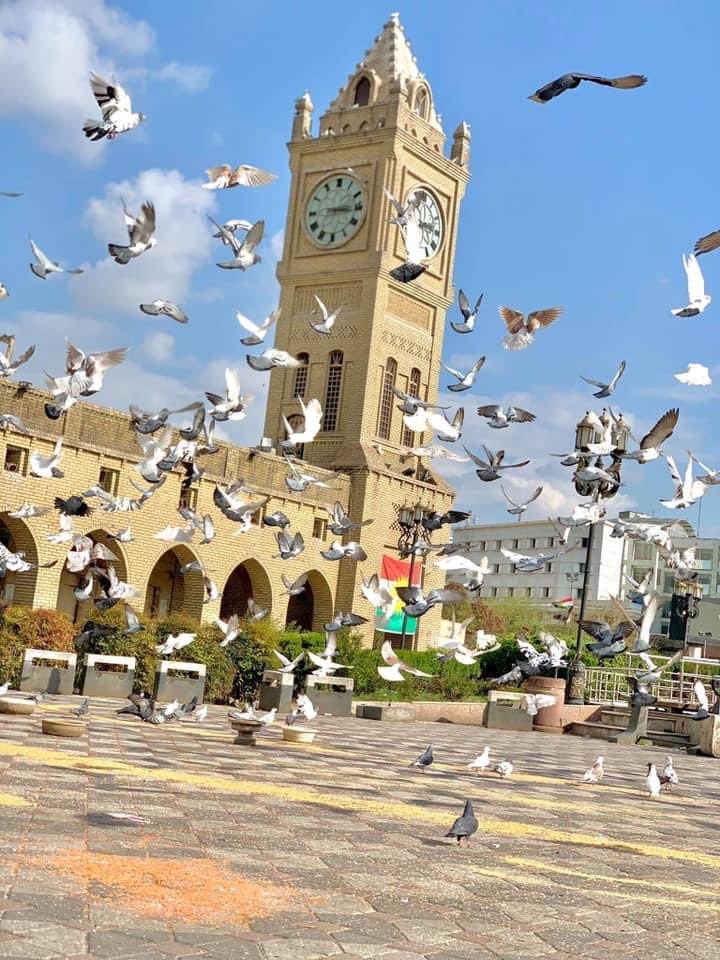
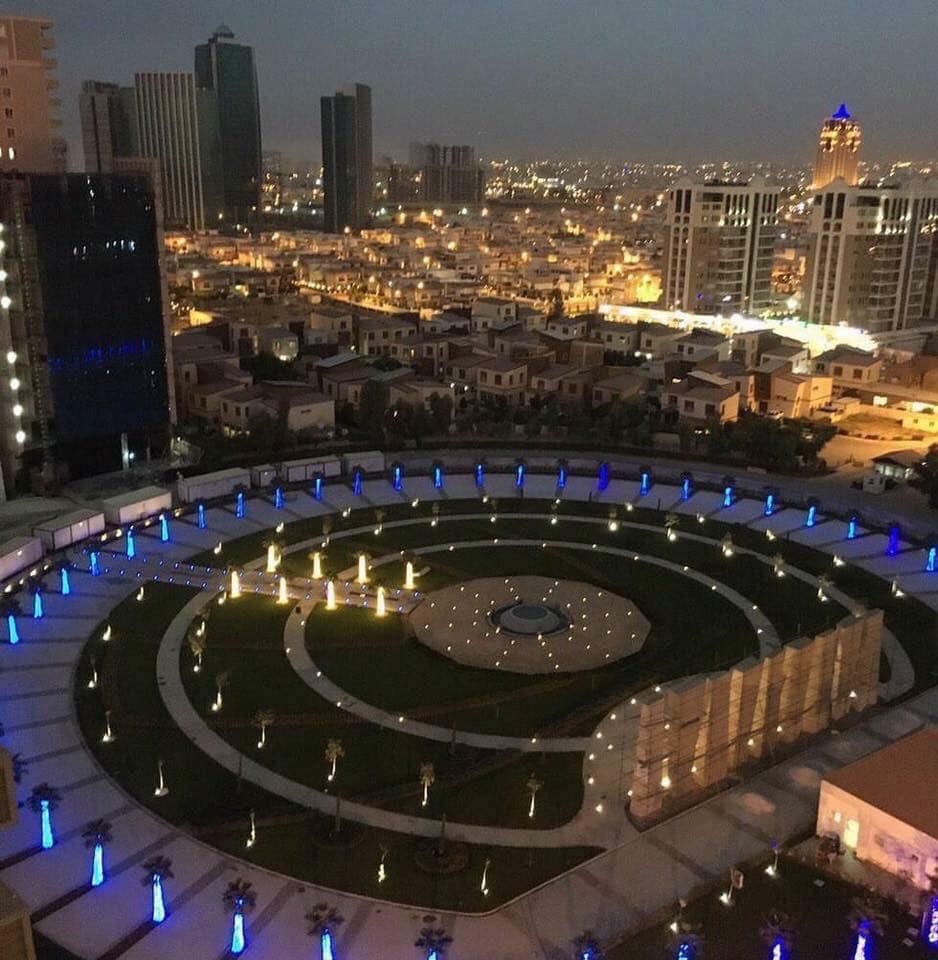
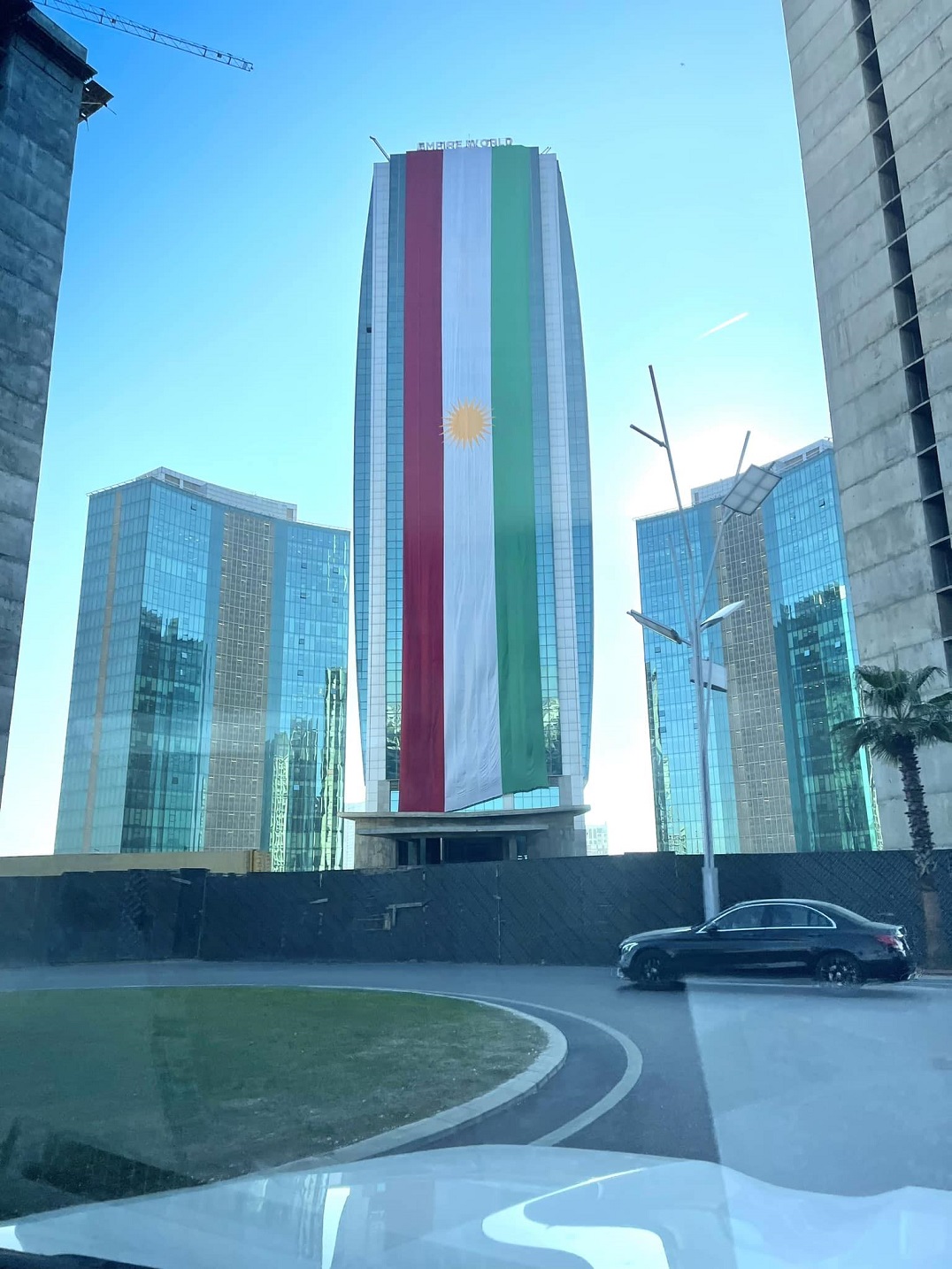
Empire Hotel 17.12.2022
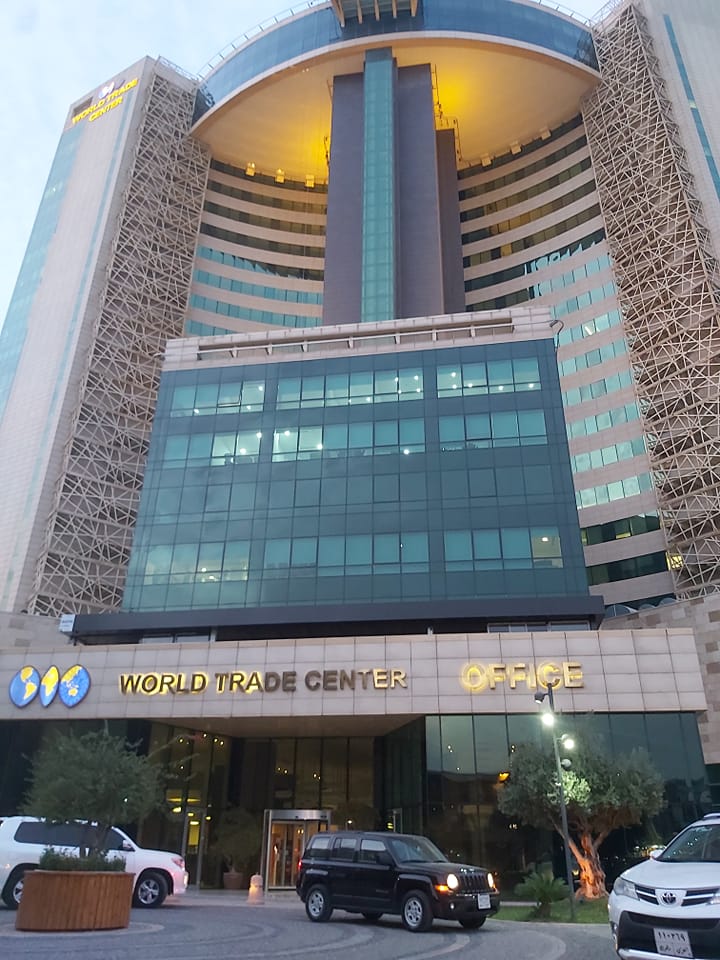
WTC
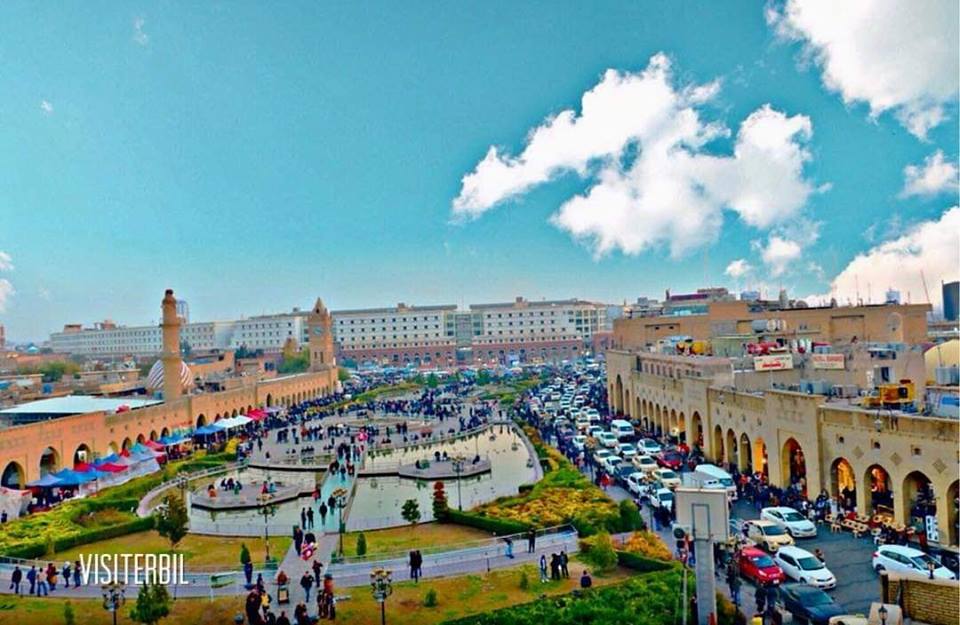
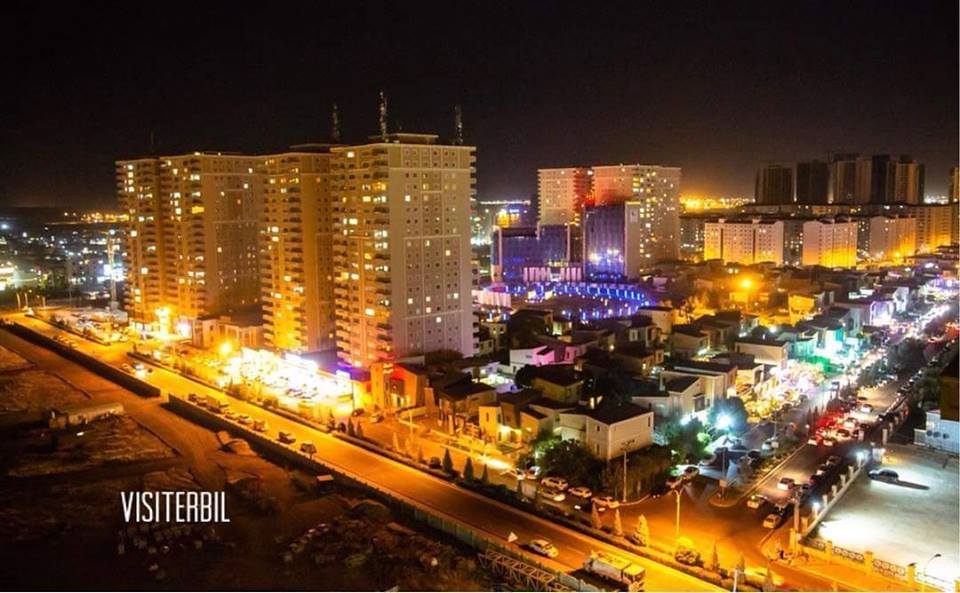

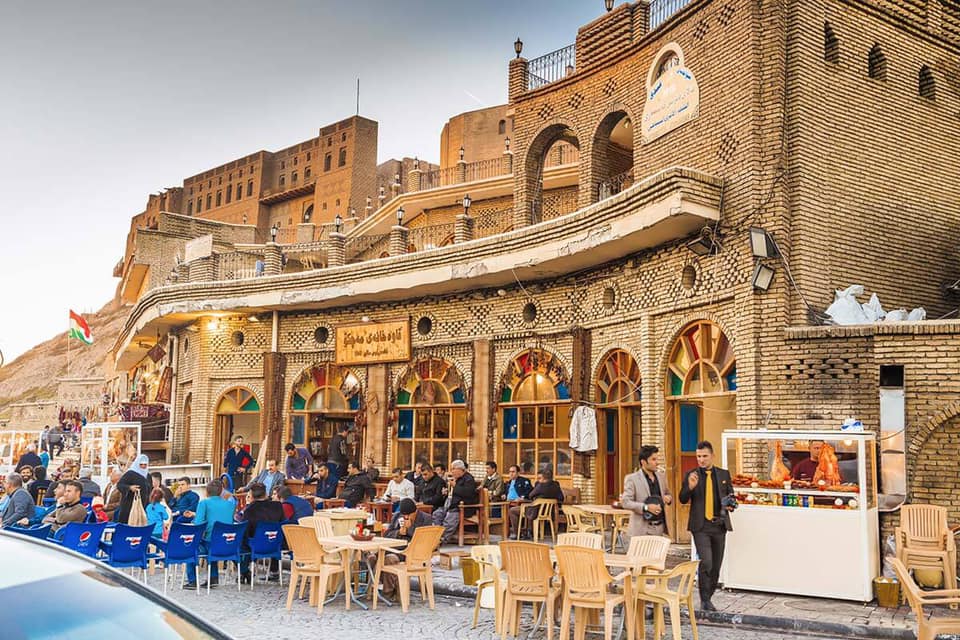
Çayxaneya Meçko - Kafe Meçko
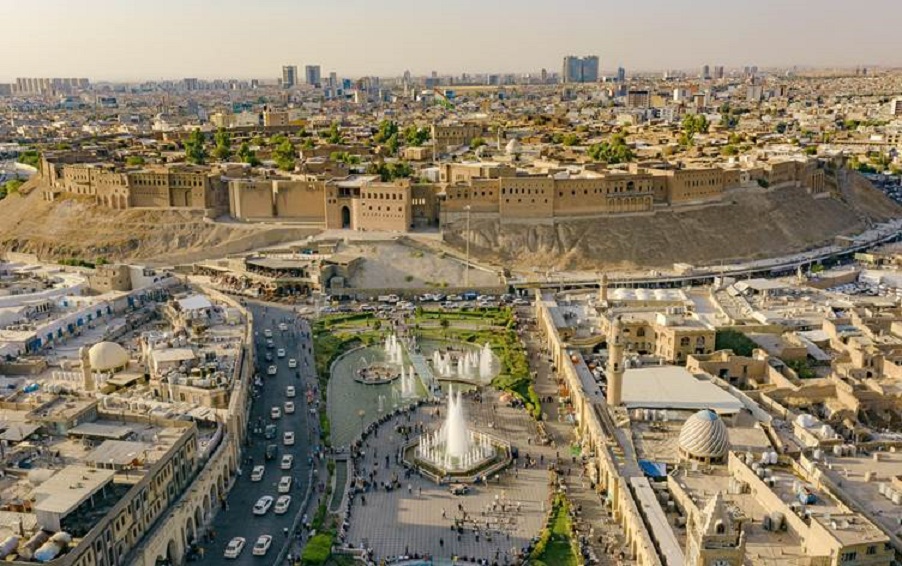
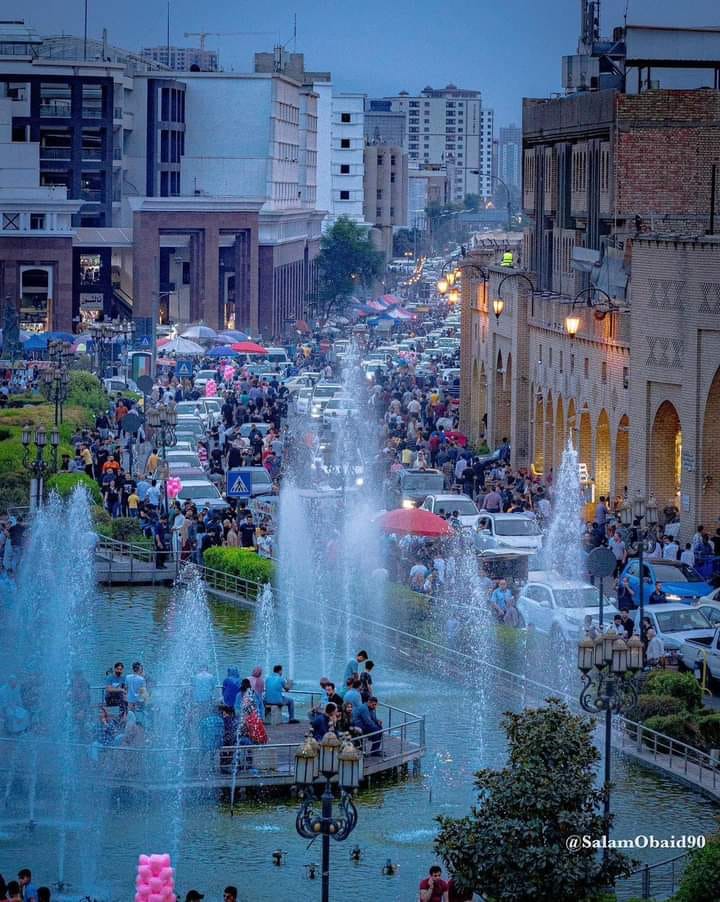
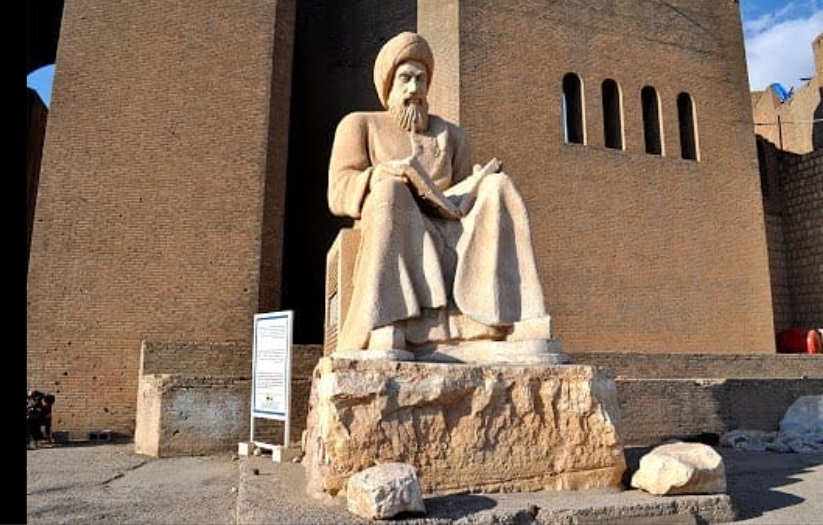
Kürd tarihçi İbn Mustawfi'nin (1169-1239) Helwer'de bulunan heykeli.
Tarih ve edebiyatla ilgili eserler kaleme almıştır.
Kürd tarihçi İbn Xelîkan, El Mustawfi için şöyle der "O onurlu bir insandı. Büyük tevazu sahibi ve cömert insandı. Her erdemli kişi Erbil'de onu ziyaret etmelidir."
Tarihçi Mustawfi bir dönem Eyyubi Kürd Devleti'ne bağlı Hewler Valiliği görevini de yürütmüştür
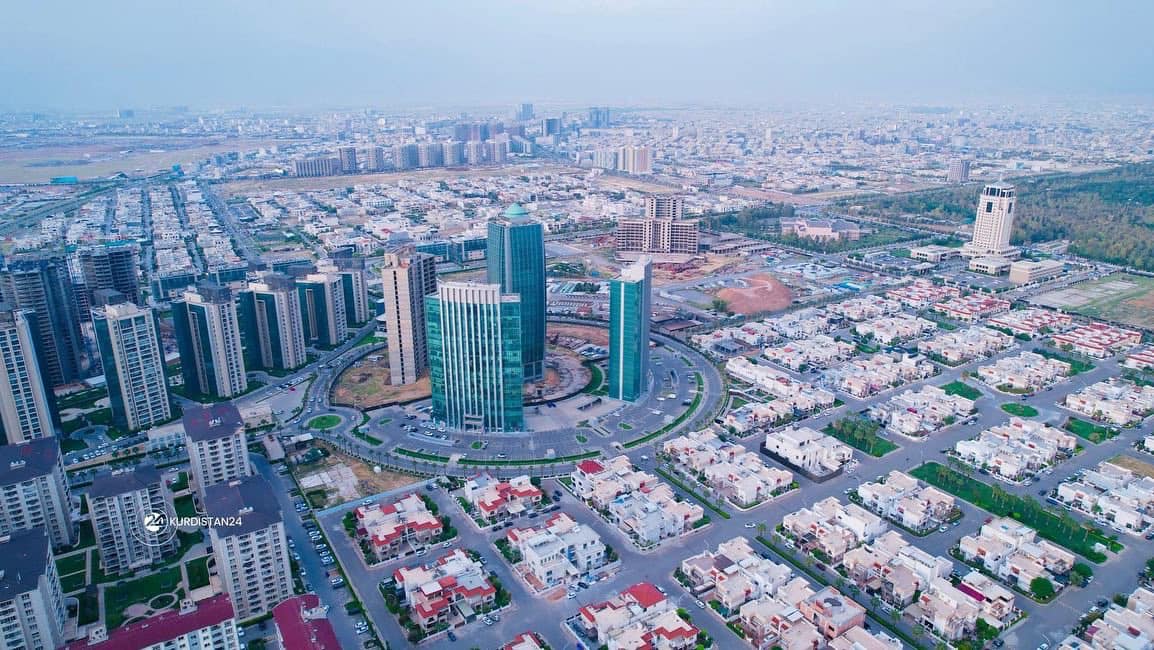
Avadaniya li navenda bajarê Hewlêrê pir pêşketî ye
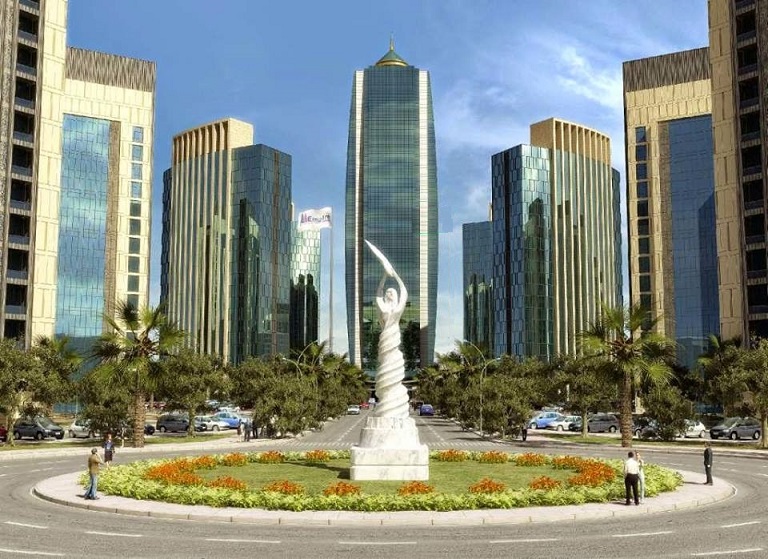
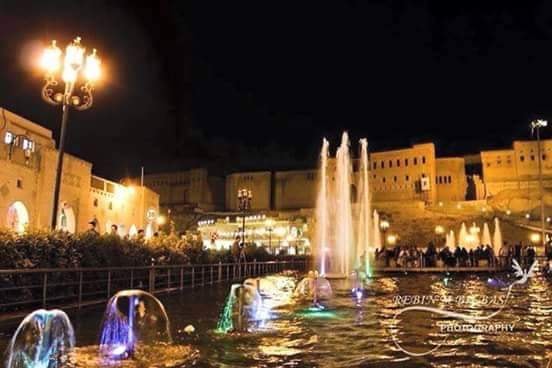
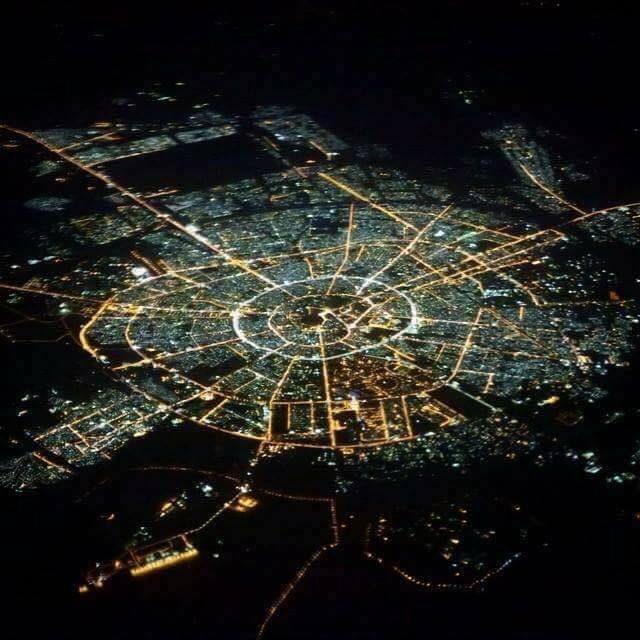
Hewlêr by Night
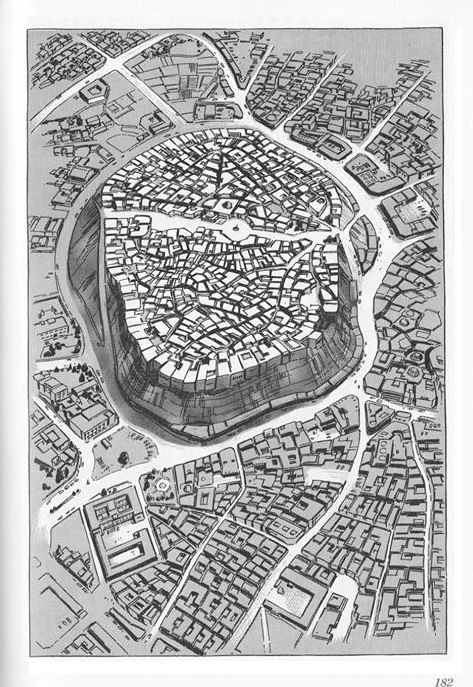
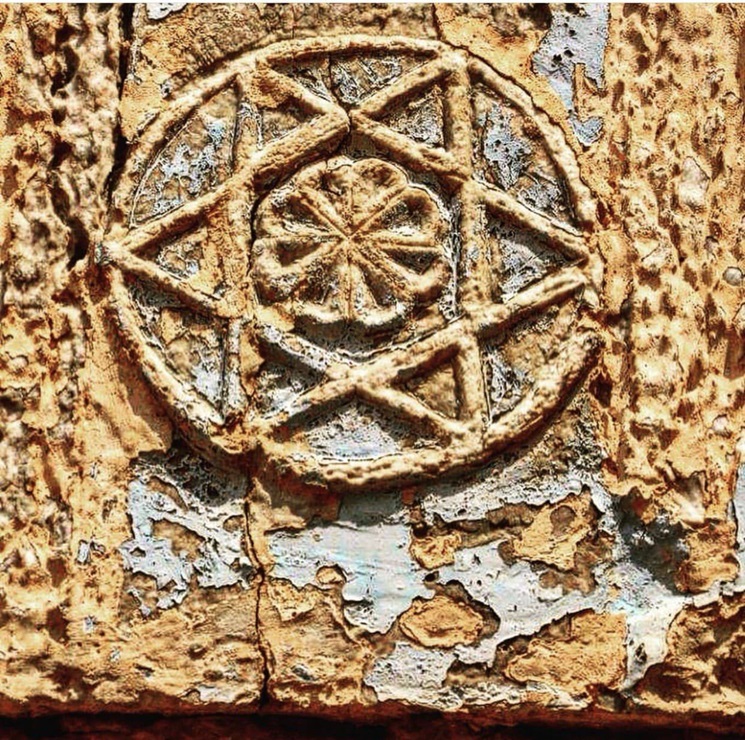
One of the Kurdish symbols is a multi-petaled rosette (The Sun) inside the Star of David.
This could be used as a symbol of Jewish-Kurdish friendship Hewler Castle
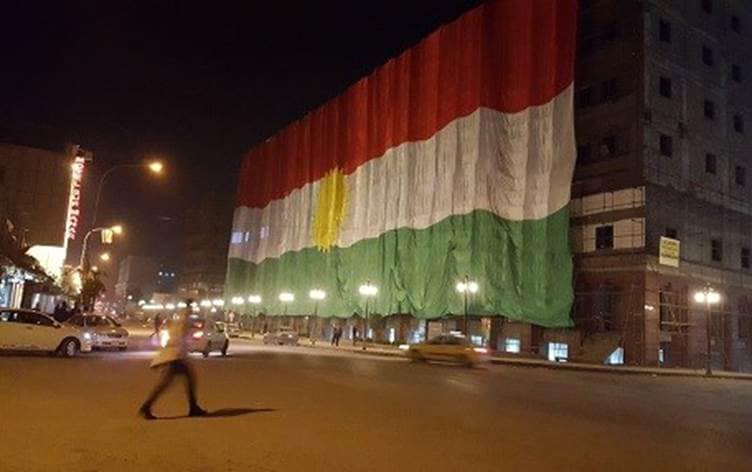
Bazar-î Nishtiman, Hewler city
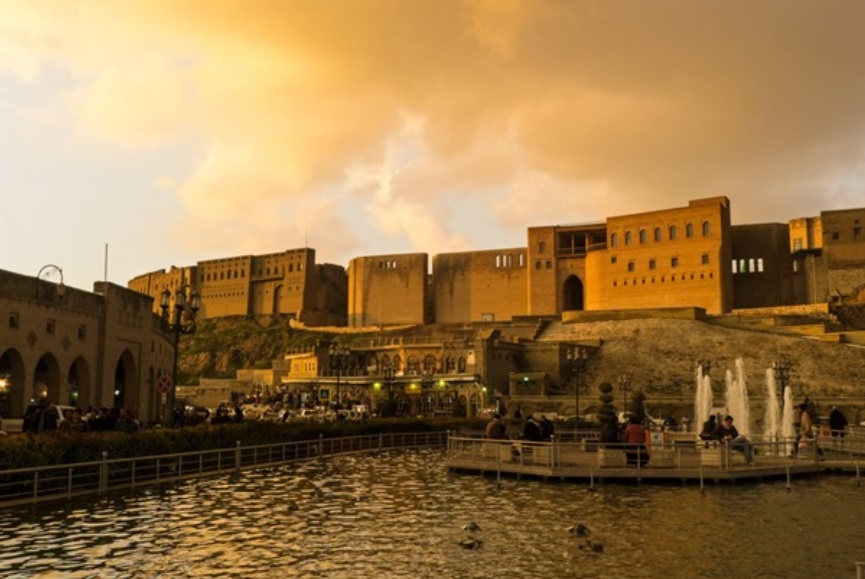
Dergeha pêşîn ê Keleha Hewlêrê ber bi êvarê
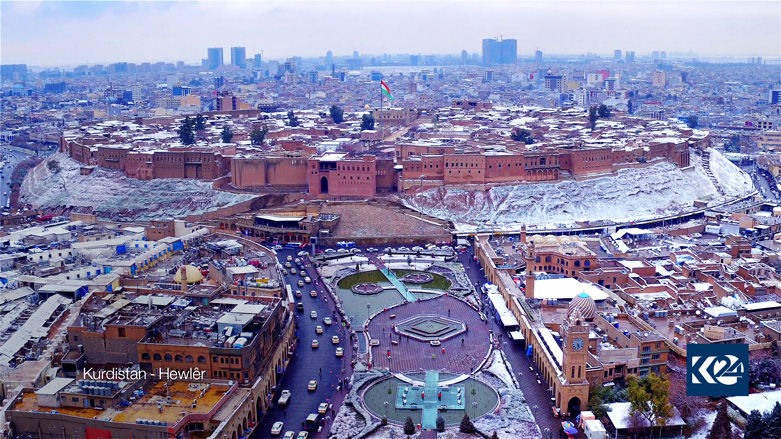
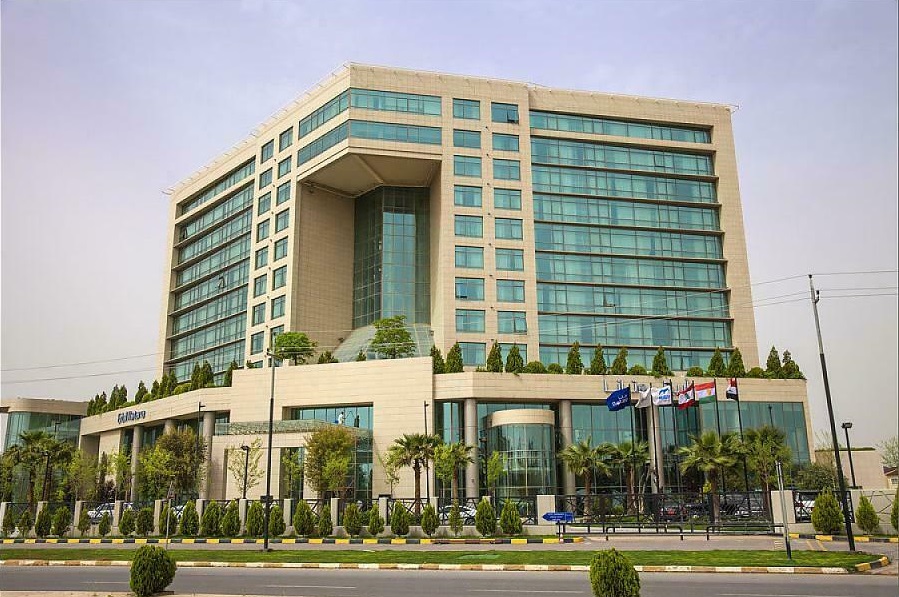
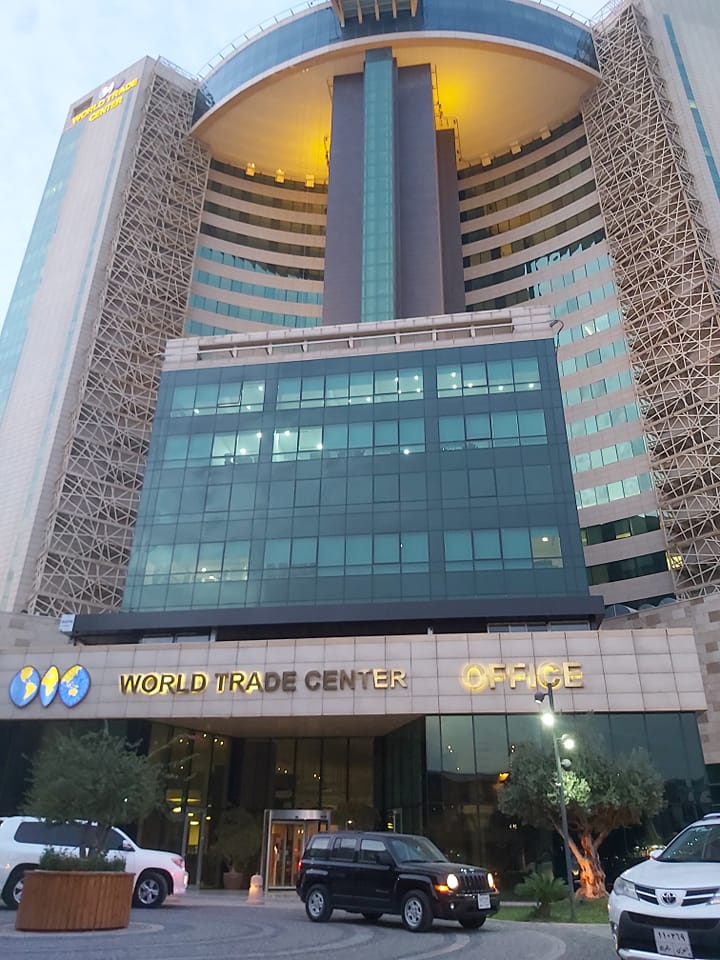
World Trade Center - Hewler
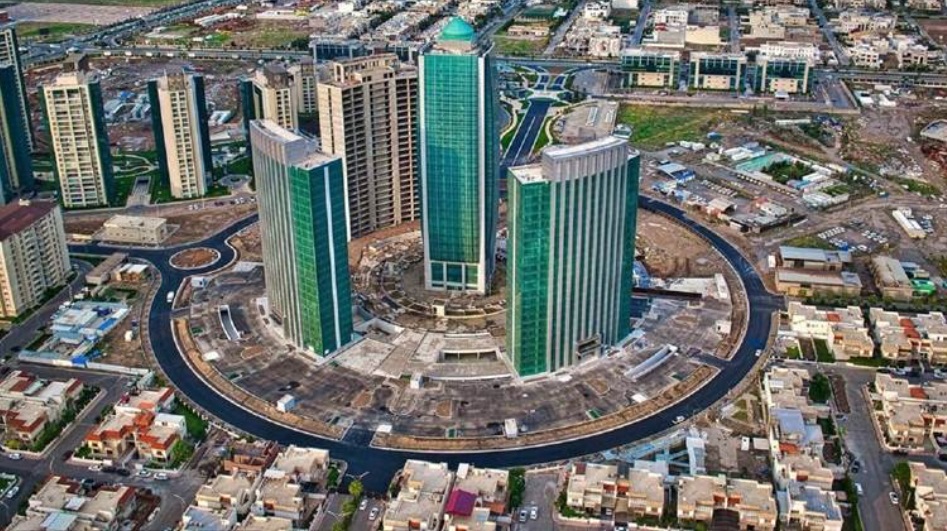
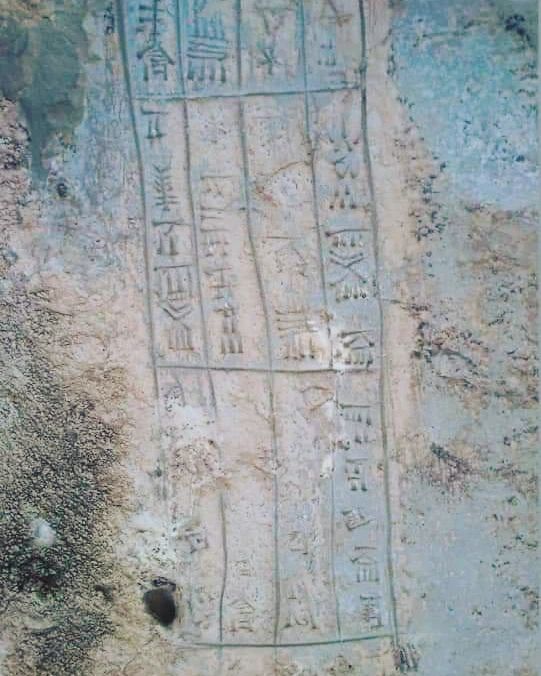
Hewler, Kürdistan - Akadça yazılmış duvar kabartması, kralıllar arası anlaşma,
Gudae soyu (kürdlerin ataları gutiler) diye adlandırılan halk ile diğer şehir kent devleti arasındaki bir anlaşma.
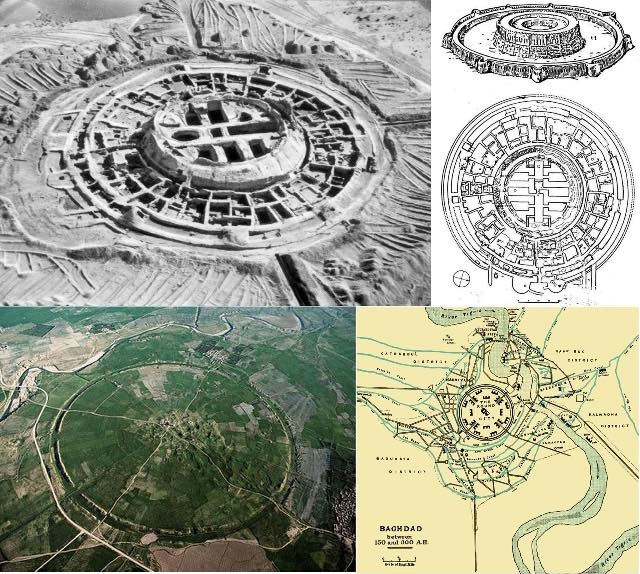
Ancient Cities - Perfect Circular Plan
Medain (Ctesiphon) the new name in Kurdish: Bagdad wiıch means The Garden of Justice was founded by Amazigh people before 1600 BC
Bax/g = garden
Dad = justice
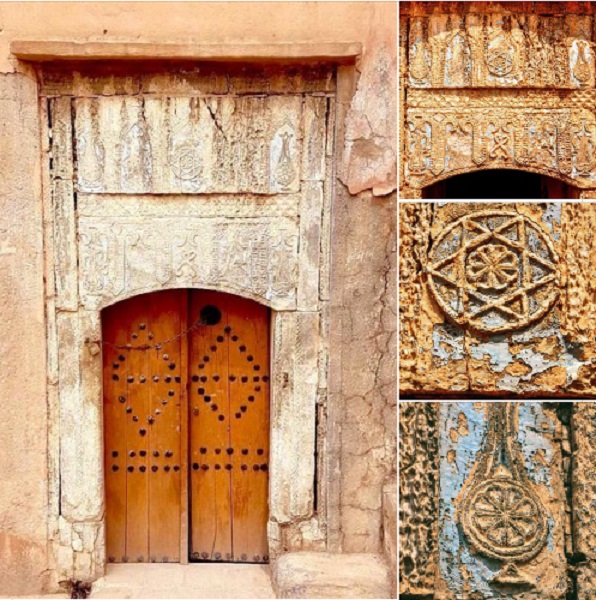
Kurdish religious symbols on Kurdish buildings in Hewler citadel
One of the Kurdish cultural and religious symbols, sun and David Star which is borrowed from the Kurdish sun worshipers and Jews of Adiebene. Icon of the House of David "Beit David" and was used by the Jews in Israel before they were deported to Kurdā & Māda (collectively called Kurdistan today) by the ancient Assyrians almost 3000 years ago. This motif is now used by the Kurdish sects as a sacred cosmic symbol and is inscribed on the temple walls, gravestones or even walls of the old houses.
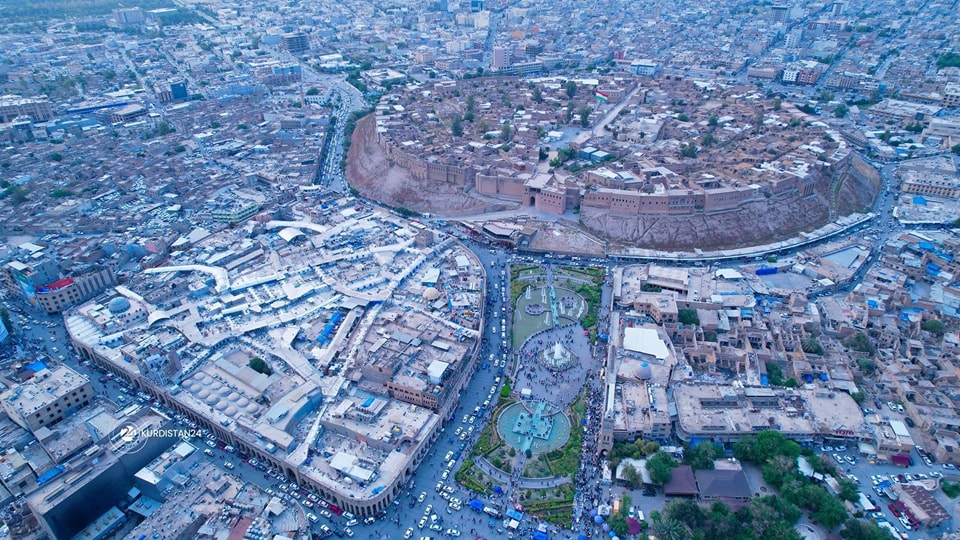
Hewlêr ji hewayê

Li wêstgeha (stasyona) Hewlêr a berê)
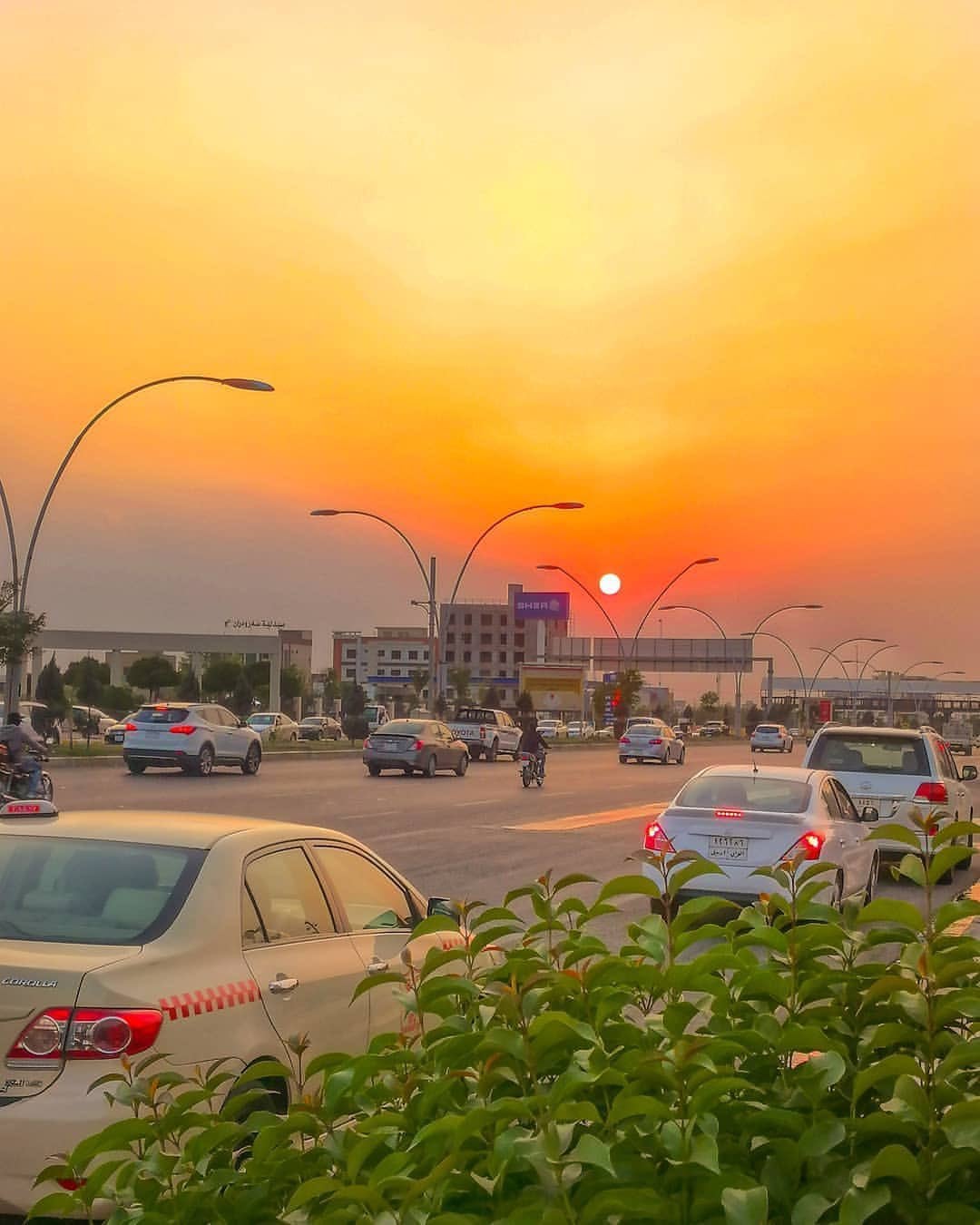
Hewlêr berêvarekê
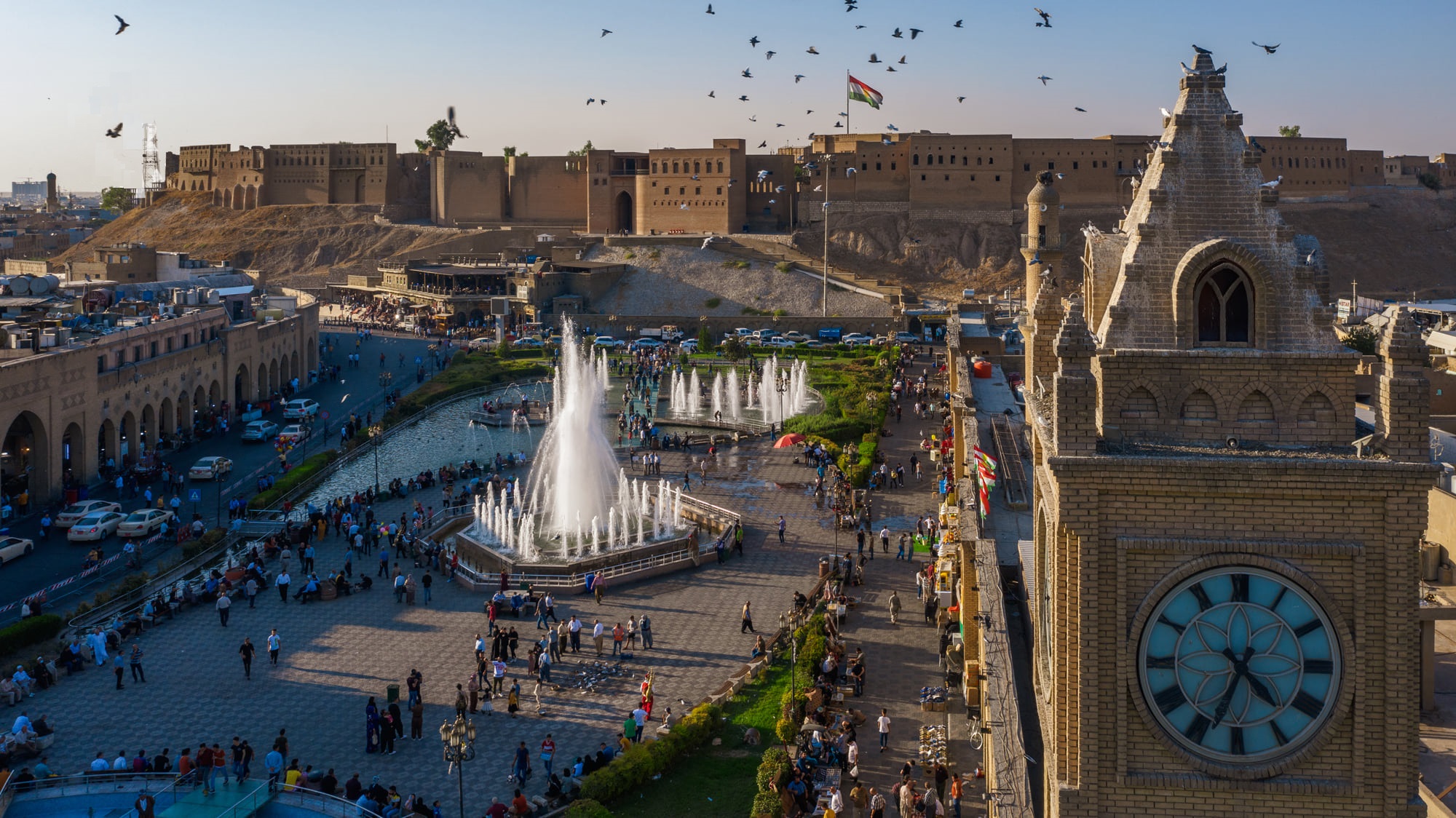
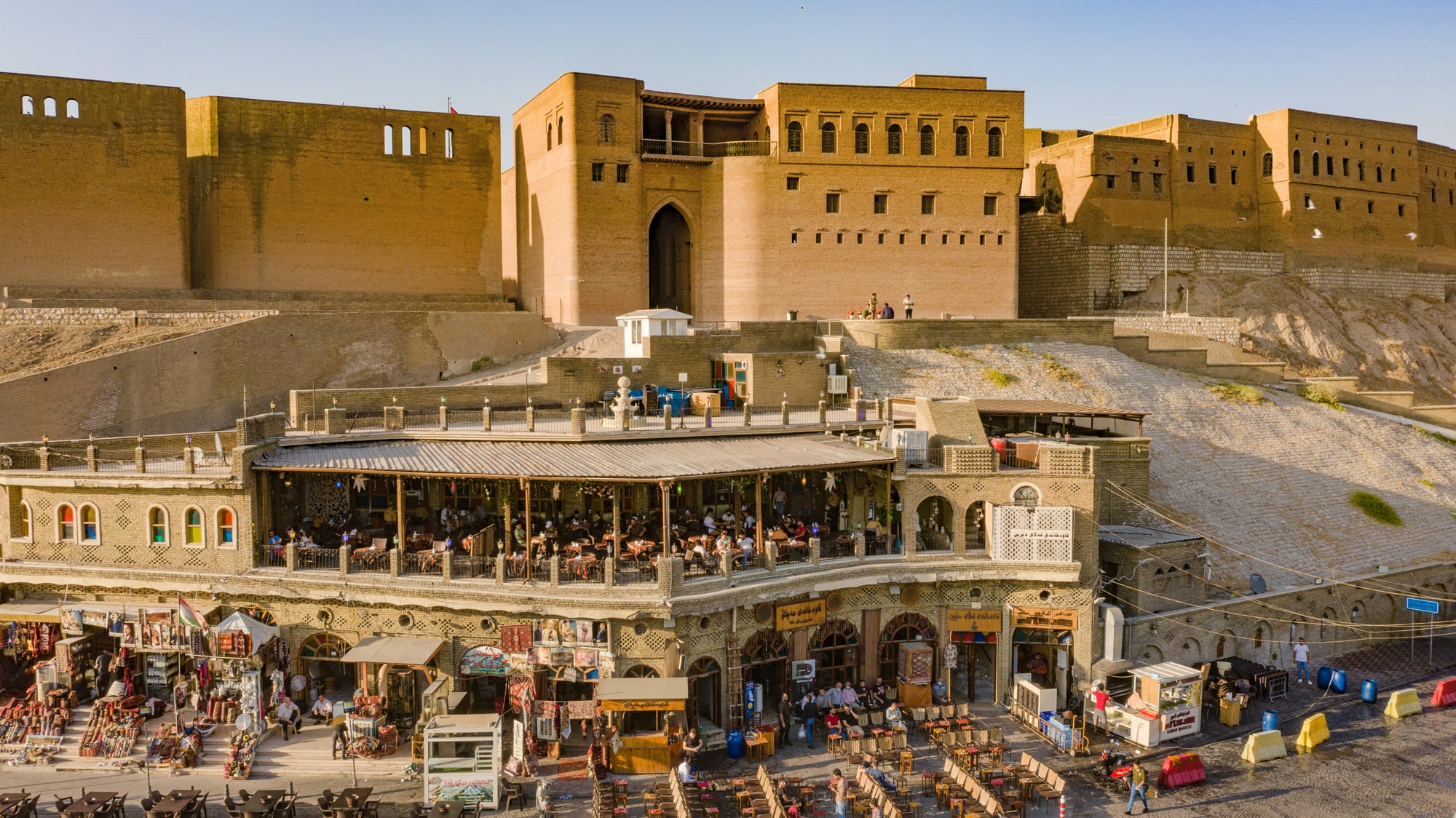
Cafe Mechko, Qela-y Hewler
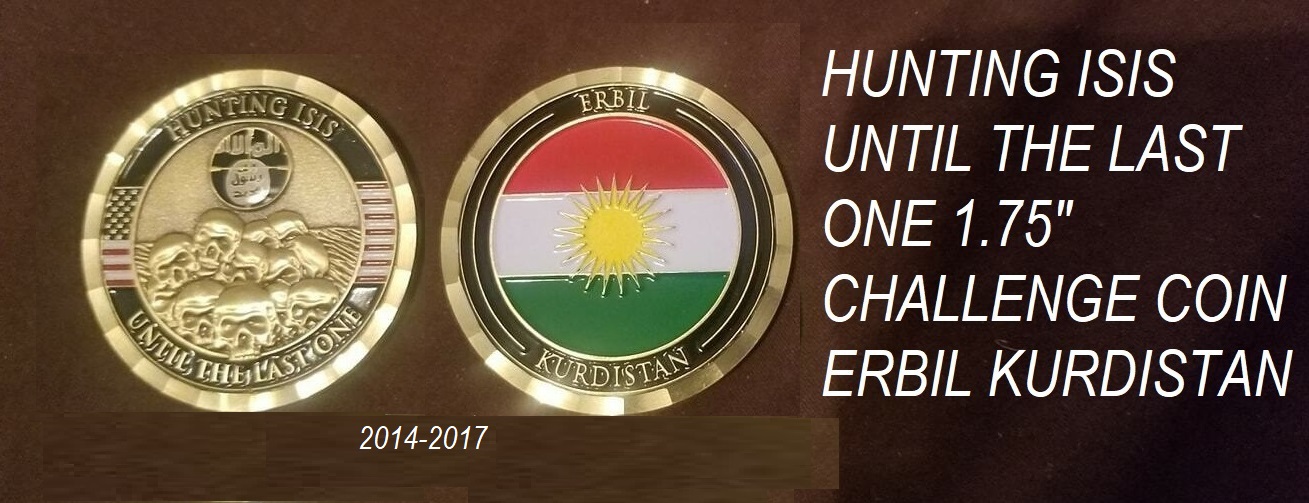
HUNTING ISIS UNTIL THE LAST ONE 1.75" CHALLENGE COIN, 2014-2017
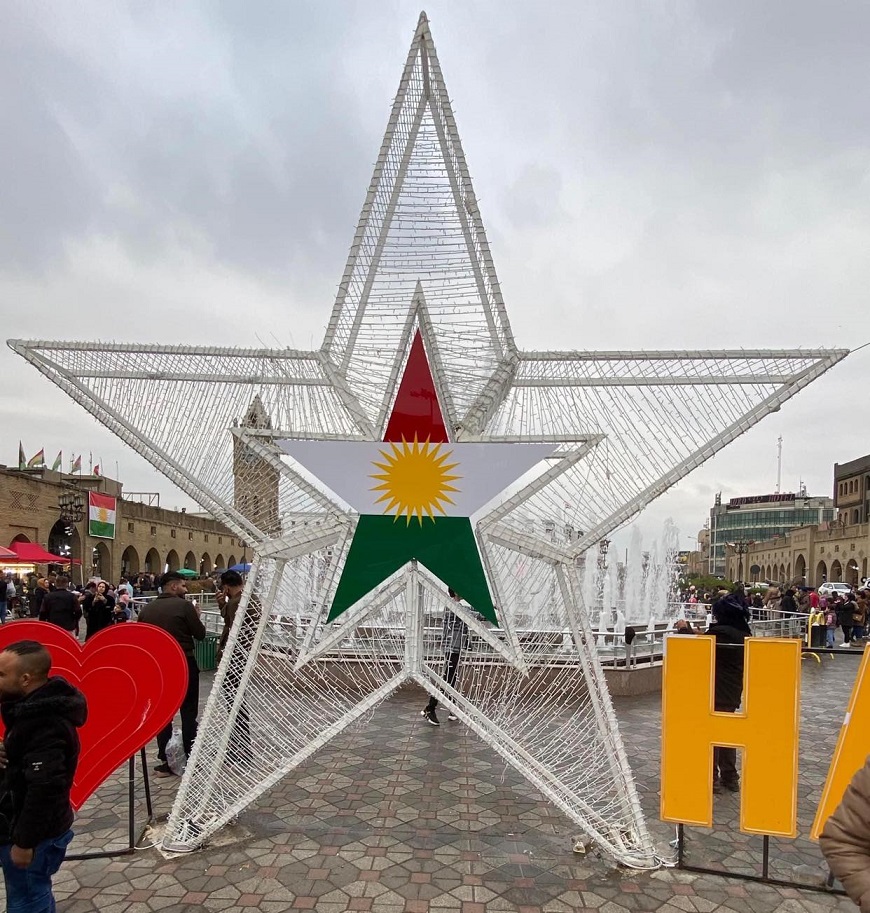
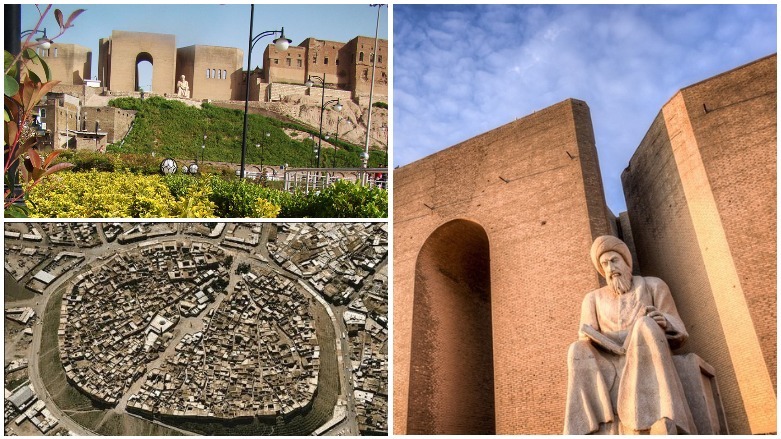
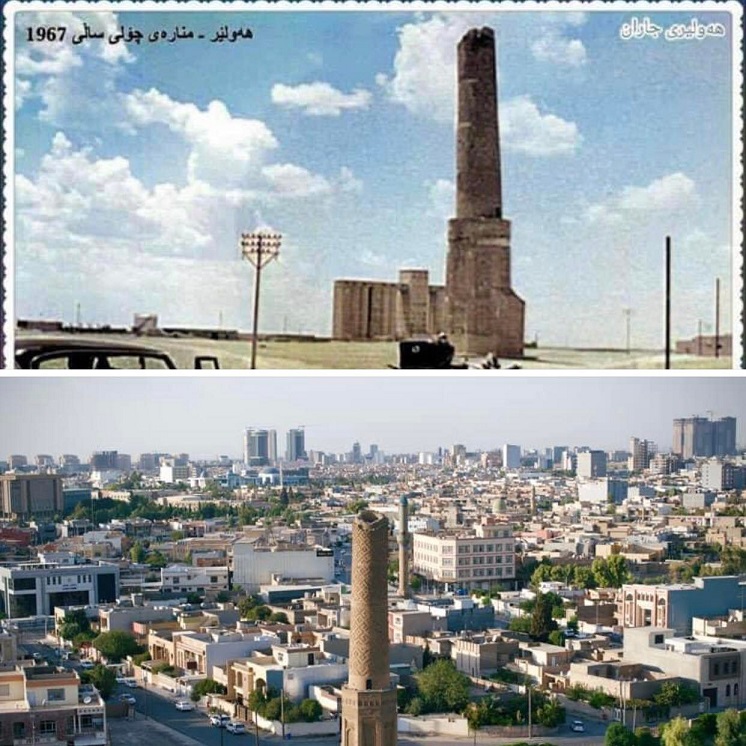
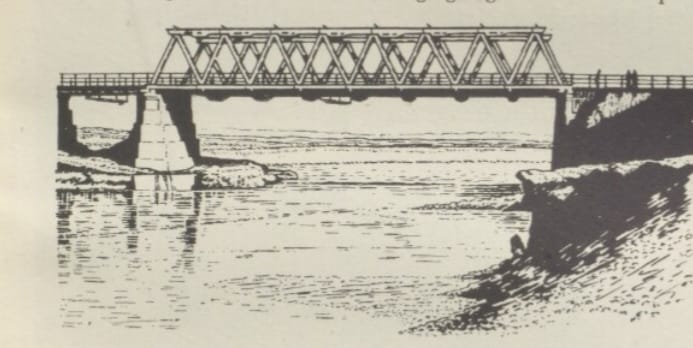
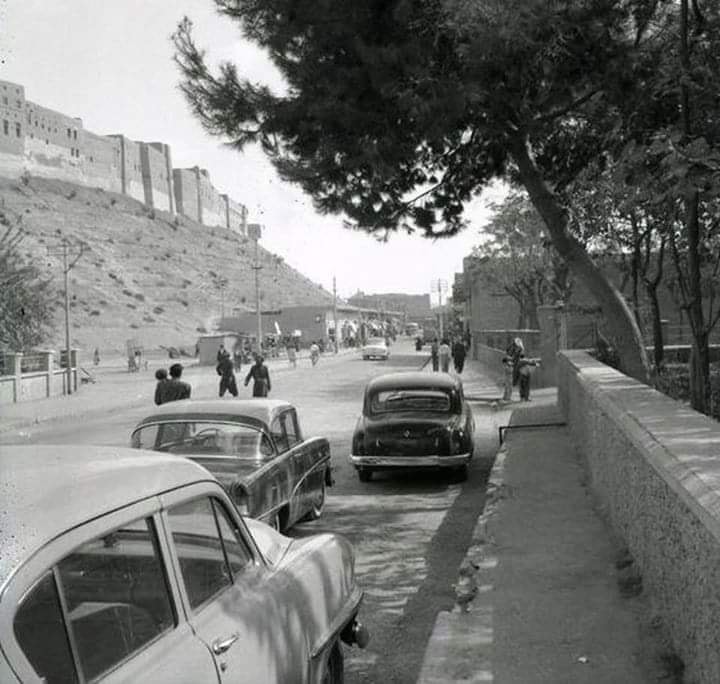
1957

NASA: Kurdistan's Erbil Citadel oldest human-occupied settlement on Earth, 2019
NASA 2019 yılında Erbil Kalesi’nin, dünyada halen insan yaşamının sürdüğü en eski yapı olduğunu açıklamıştı.
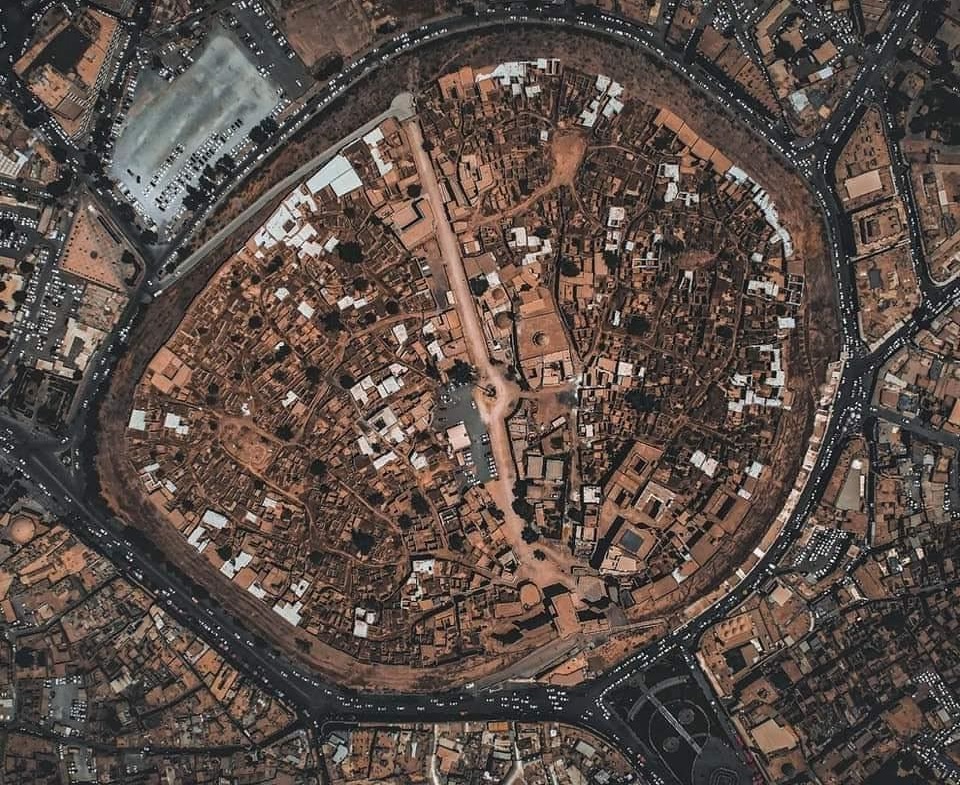
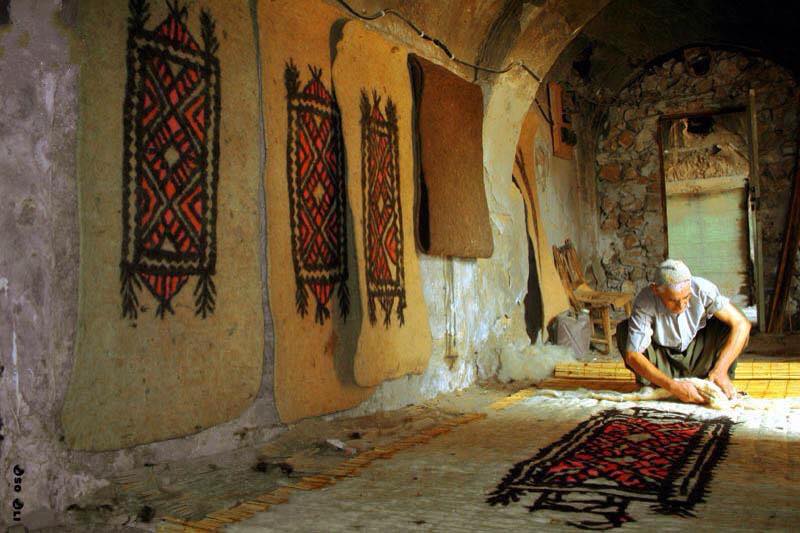
Kulav, Qela-y Hewlêr, 2012
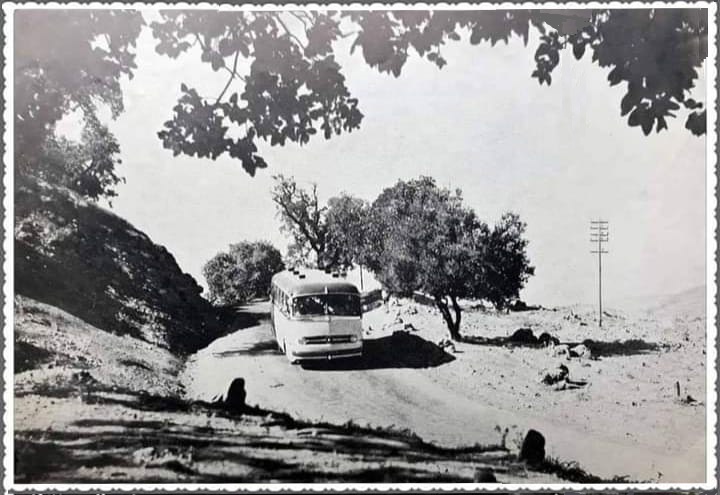
Mesîf- Selahedîn .1970
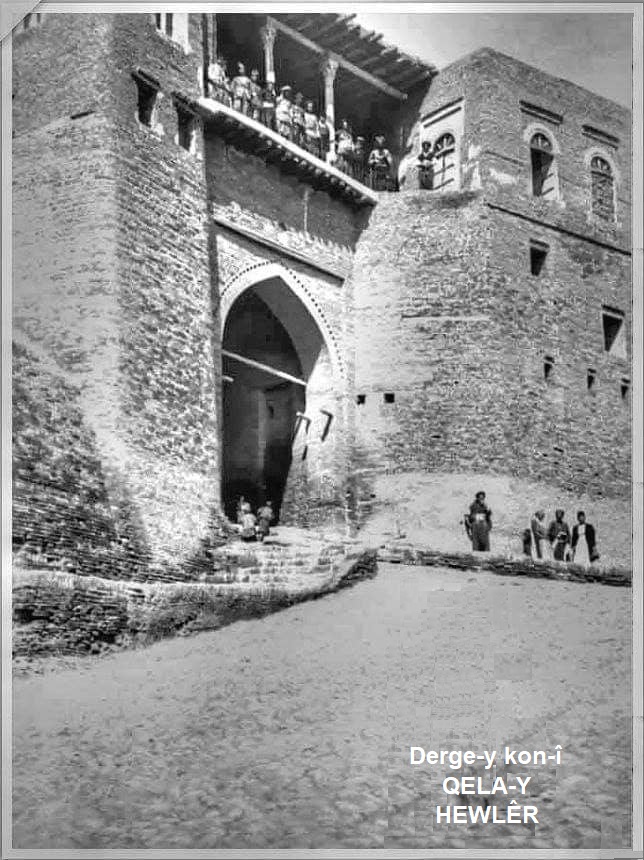
Derge-y kon-î Qela-y Hewlêr
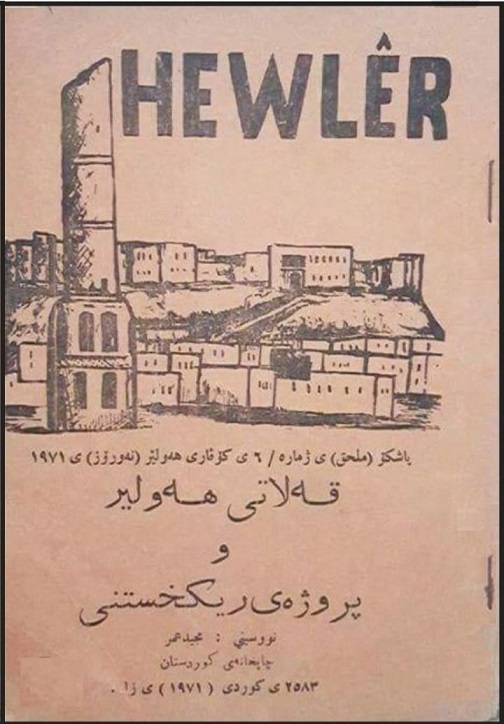

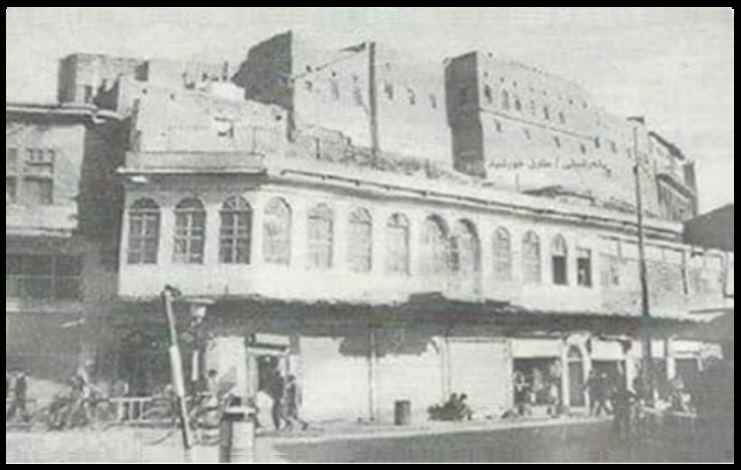
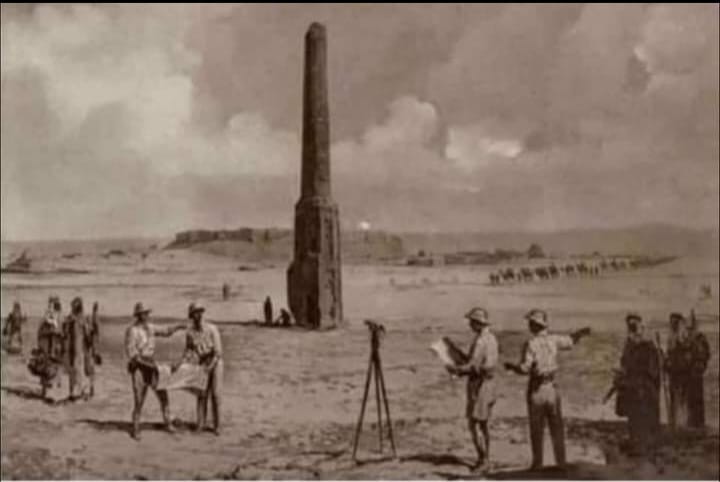
'

1940
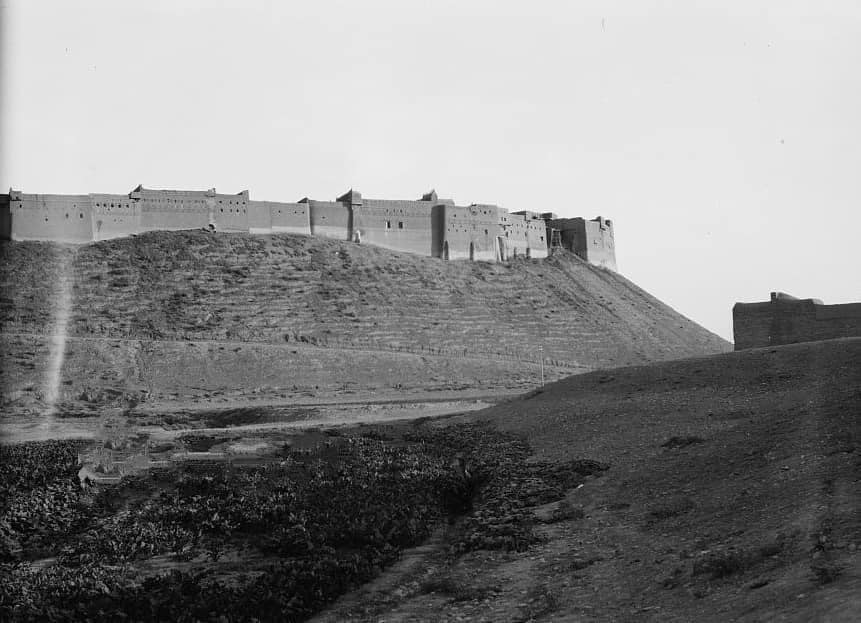


1946
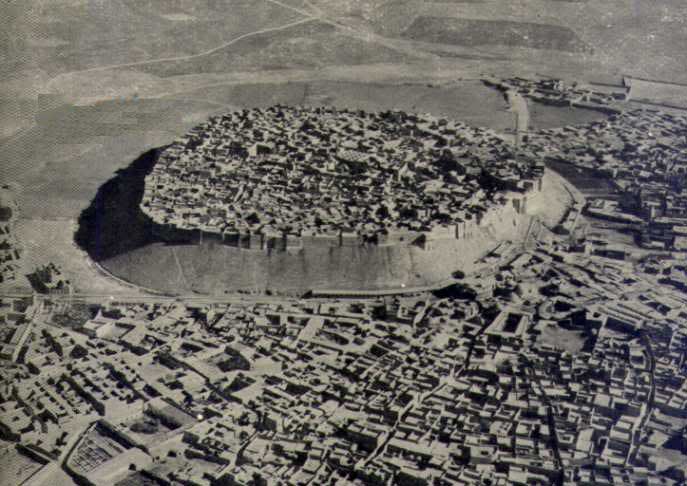
Ancient Hewler, 1940 (RAF Military Picture)
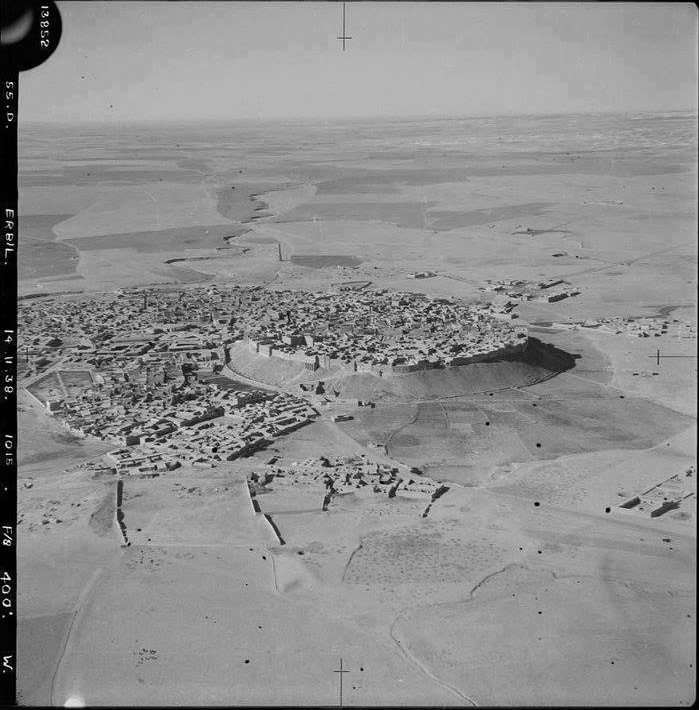
Ancient Hewler, 1938 (RAF Military Picture)
Hewlêr 1918 (RAF Military Picture)
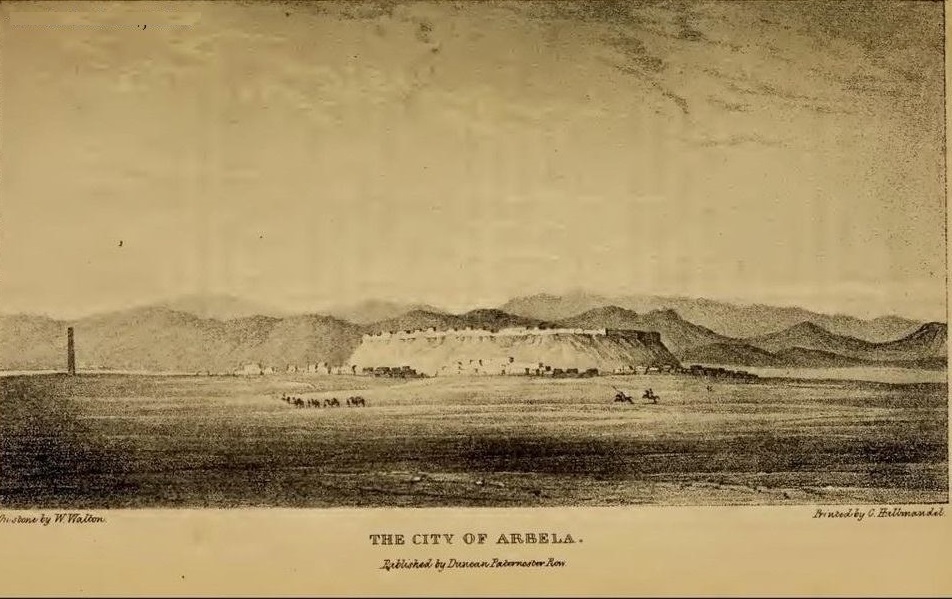
Hewler, 1800
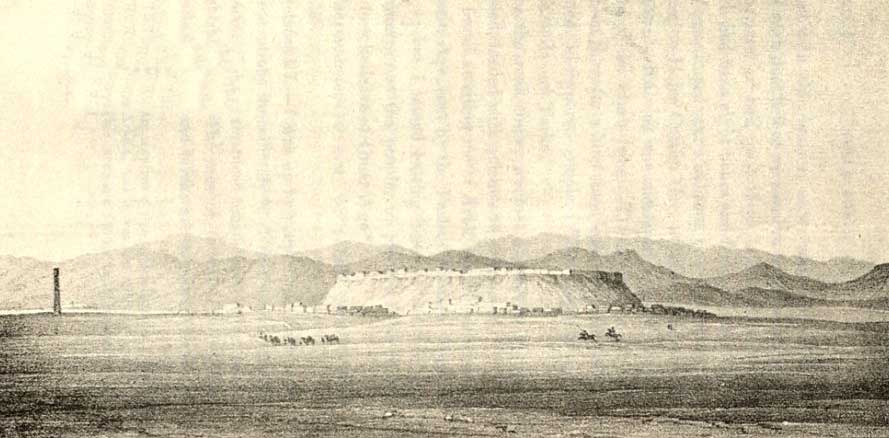
Hewler, 1800
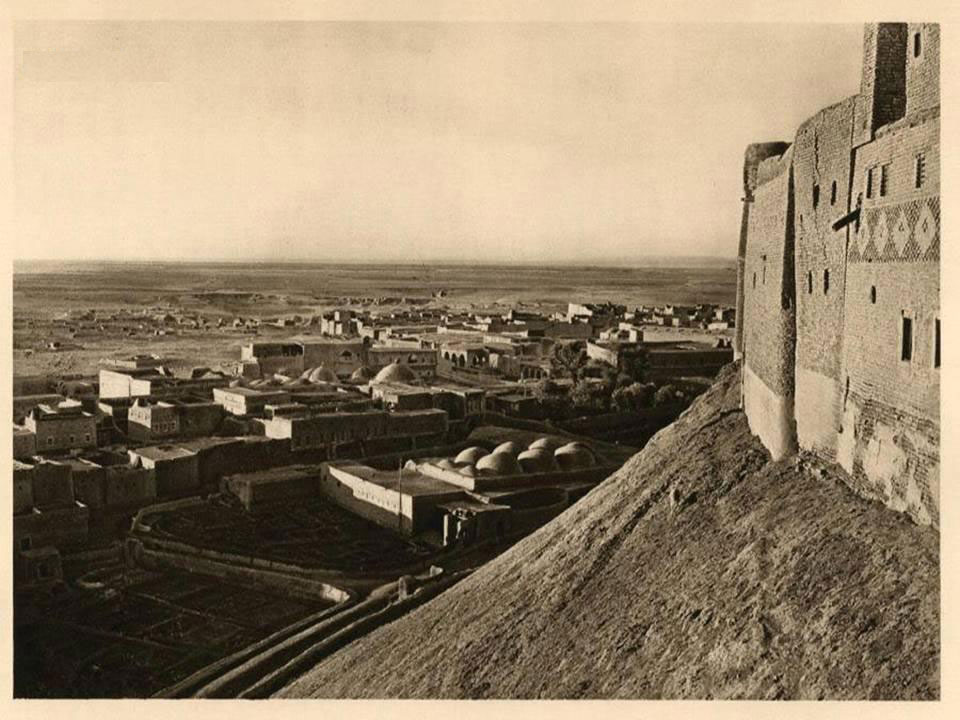
1960
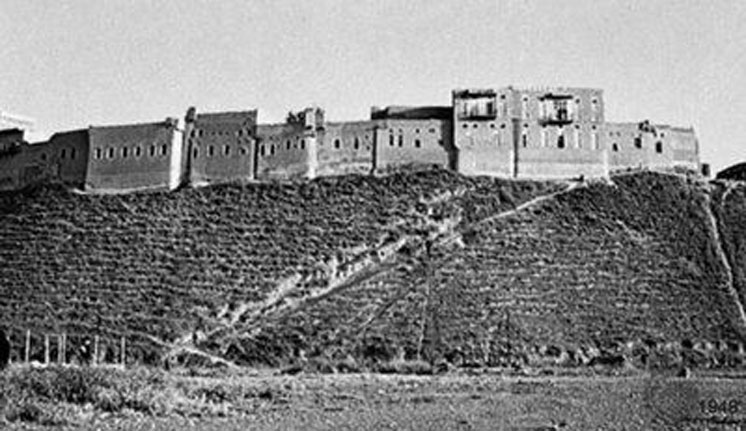
1948
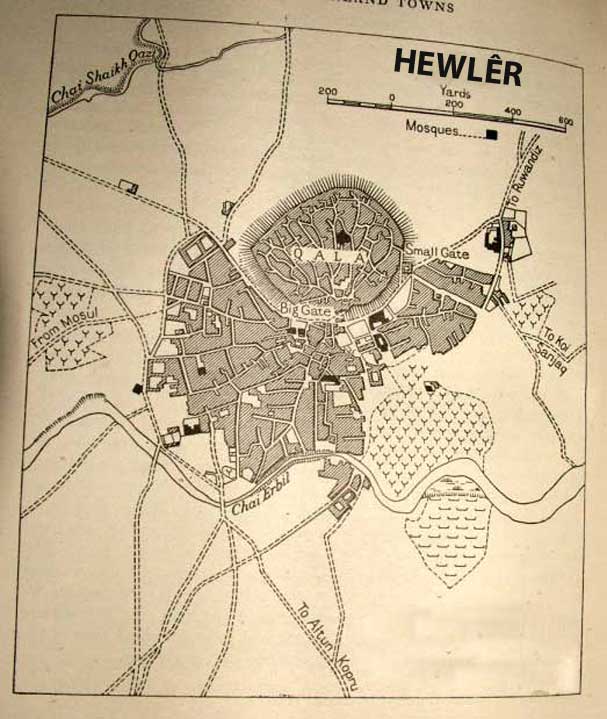
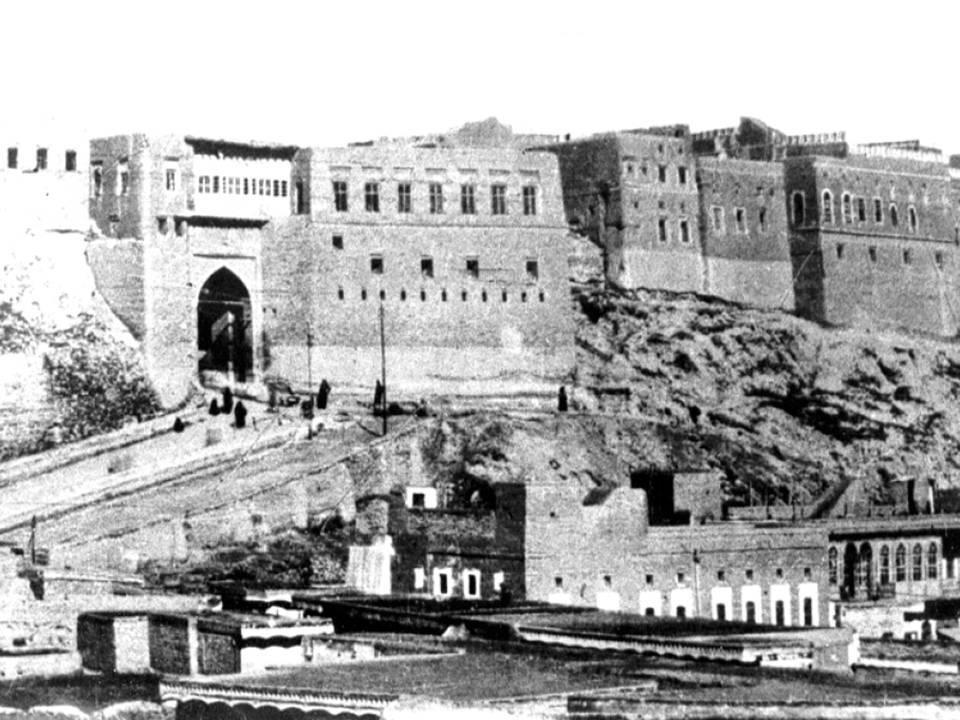
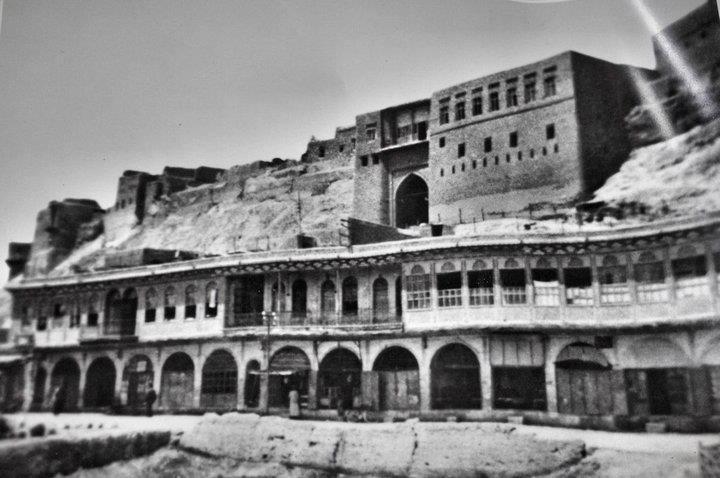
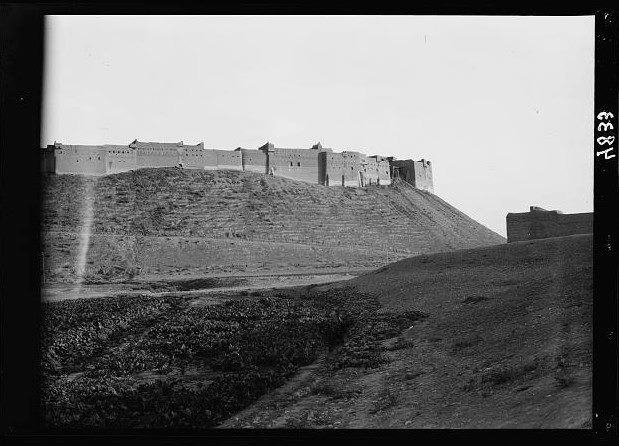
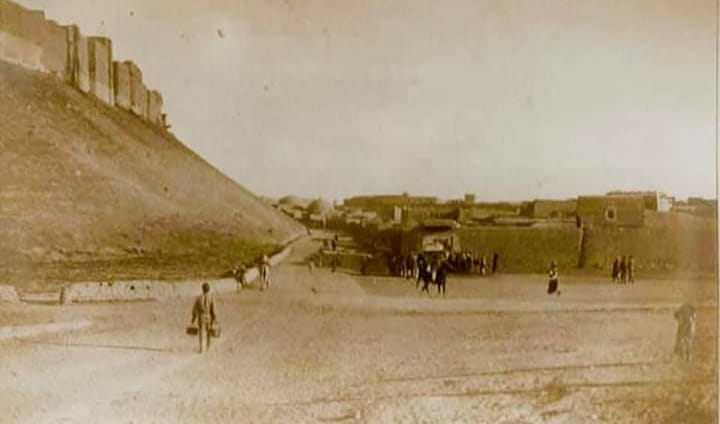
1907

The Third defeat of the Persians at Arbela, antique print 1700
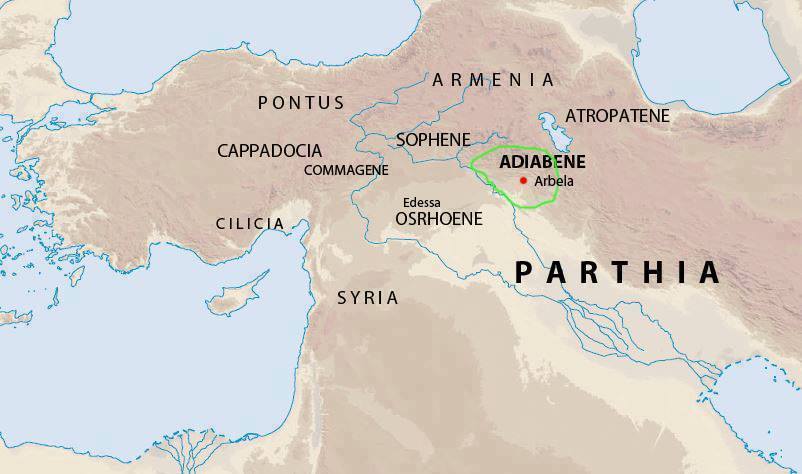
OBS: PARTIA is NOT Pars or Persia but it is a two completely different group of peoplesç Parthians are the ancestors of the Kurds.
Many unknowingly confuse these two different ethnic groups.
Such as the word of Iran, which means Aryans and has a greater overall meaning and in fact has nothing to do only with Persia.
The name of Iran was adopted in 1925 by Reza Shah instead of the name of Persia which the country had since before.
KLİLİŞO BETH KARDAWAYE
- KÜRD PİSKOPOS ISHAK (380-383)
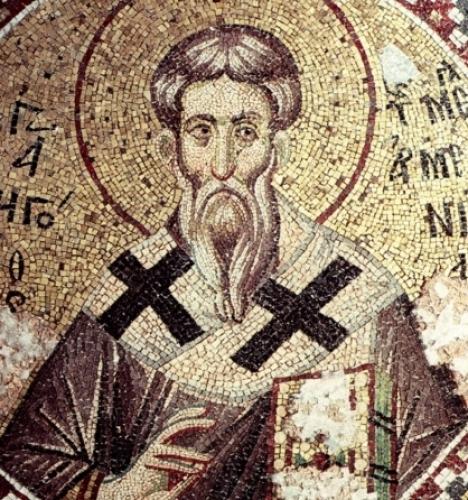
"Eski bir çok arami kaynakta bu bölgenin ismi “BETH KARTWAYE” diye geçiyor. Yani Kürd Ülkesi yada Pays des Kurdes olarak geçiyor.
Hewler’in Kuzey bölgesi… Biz tarihi kaynaklarda bu bölge asılı çok HRİSTİYAN KÜRD din adamlarını tanıyoruz. Bunlardan biri meşhur KÜRD PİSKOPOS KLİLİŞO yada KLİLİŞO BETH KARDAWAYE olarak tanınıyor. Daha sonraki süreçlerde Müslüman tarihçiler ve gezgincileri bu bölgede yaşayan “Hristiyan Yaqubi Kürdlerinden” söz ettiklerini biliyoruz."
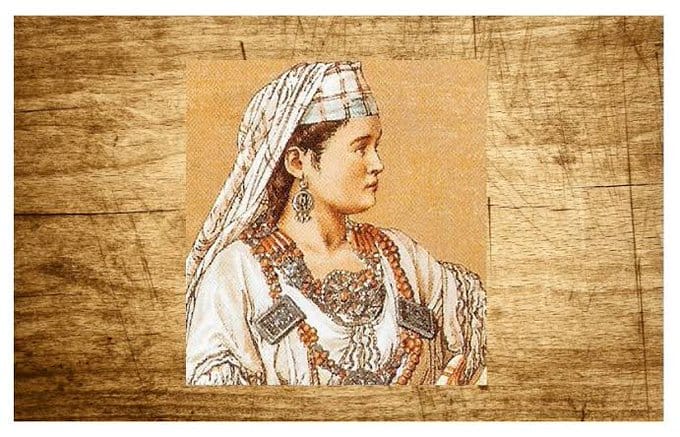
Kürd Asenath Barzani,
Tarihdeki ilk kadın Hahamdır. 1590-1670 yılları
arasında yaşayan Asenath Barzani, Tevrat, Telmud, Kabala ve Mişna hakkında derin bilgilere sahip bilge bir kadındı.
Yahudi Kürdler, Hezbani aşiretine bağlıydı.
(Adiabene Krallığı)
TARİHTE BİR YAHUDİ KÜRD DEVLETİ – ADİABENE KRALLIĞI
Yahudi (Musevi) Kürt yoktur, hepsi Batılıların ve milliyetçi Kürtlerin uydurmalarıdır diyenlere Adiabene Krallığı’nı örnek vermek yanlış olmayacaktır, Krallığın merkezi bugünkü Erbil´di. Eski adları ile Gılgamış’ın kardeşinin hüküm sürdüğü Urbilium, bu krallık zamanındaki adı ile Arbela´ydı. Bu krallık Hadhabani (Adiabani) isimli Kürt aşireti tarafından kurulan Musevi orijinli bir devletti. Genel olarak Büyük Zap ve Küçük Zap nehirleri arasında kalan bölgeyi tanımlıyordu, sonraları öncelikle Hadjab denilen kuzeydeki komşu sınırlarla bitişik bölgeleri de kapsamıştır. Süreç içerisinde bu krallık, Asur topraklarının büyük bölümünü içine alacak, Erbil en önemli yerleşim merkezi, dahası başkent olacak, Adiabene tüm Asur ülkesi için adlandırılacaktır.
Kürt tarihi en heyecanlı romandan daha da sürükleyici. Adiabene Krallığı’nın M.Ö 1. yüzyılda Yahudiliği kabul etmiş Kürtler tarafından kurulduğu tarihi kayıtlara geçmiş vaziyette. Kuruluş döneminde Partlara bağlı ama politik nedenlerden dolayı Yahudiliği benimsemiş yerel hükümdarlıkla yönetildiğini biliyoruz (Proselytismus). Partların kendi içindeki taht kavgaları ve Part-Roma arasındaki iktidar kavgalarına karıştıkları da kayıtlara geçmiş. Romalılara karşı Filistinli Yahudileri hem ekonomik hem de askeri açıdan desteklemişlerdir. Yine Romalıların, İsrail kentleri Judea and Samaria’ya zaptı sırasında (68-67), oraya asker yollayanların sadece Kürt Adiabeneliler olduğunu tekrarlamak gerekir. Galilee şehrinin kuşatılması sırasında da buraya yardım için bu krallıktan birlikler yollanılmasını tarihçiler, Adiabene Krallığı’nın Yahudi orijinli olmasına bağlar ve bununla gerekçelendirirler.
Kral Izates (Yazatas – Melek) ile özellikle annesi Helena hakkında sayısız kaynağa bugün bile ulaşmak mümkündür. Yine Kral Monobazos ve eşi Kraliçe Helena‚dan Mişna‚da (Yahudilikte Medeni ve Ceza Hukuk’u olan Talmud’un ilk bölümü) sık sık bahsedilir. Bu adların ilk din değiştirenler olarak muhafaza edildiği görülür.
Roma İmparatorluğunun Beş İyi İmparatoru´ndan (Evlatlık İmparatorlar –Nerva, Trajan, Hadrian, Antoninus Pius ve Marcus Aurelius) ikincisi olan Marcus Ulpius Nerva Traianus (18 Eylül 53 – 8 Ağustos 117), namı diğer Trajan116 yılında Mezopotamya’yı istila eder. Adiabene´nin ismi Assyria (Asurya) olarak değiştirilip Roma´ya bağlı bir eyalet haline getirilir. Kürtler başta olmak üzere diğer Mezopotamya halklarından koloniler Trajan´dan sonra imparatorluğun başına geçen Hadrian (Publius Aelius Traianus Hadrianus (24 Ocak 76 – 10 Temmuz 138) zamanında bölgeyi tekrar ele geçirirler. Ama bunda Hadrian´ın önceli imparator Trajan´ın Roma’nın doğusuna dair izlediği istila politikalarından vazgeçmesi önemli rol oynamıştır. Hadrian Partlarla barış imzalamış, Hadrian’ın Yahudiye’deki Yahudi karşıtı tavırları Bar Kokhba ve Rabbi Akiva önderliğinde büyük bir Yahudi ayaklanmasına yol açmıştır (132–135). Hadrian’ın ordusu sonunda isyanı bastırır ve Yahudilere karşı Babylon Talmud’una istinaden dinsel baskı devam eder. Hadrian´ın barışçıl politikası, imparatorluk sınırları boyunca kalıcı savunma yapıları, özellikle duvarlar yapılmasıyla güya desteklendi. Bunların en ünlü olanı İngiltere’deki büyük Hadrian Duvarı’dır.
Yeniden Adiabene´ye dönecek olursak 195 yılında Roma imparatoru Lucius Septimius Severus Augustus namı diğer, Septimius Severus Kürdistan’ı yağmalar, ta Part imparatorluğunun o zamanki başkenti Chtesipon- Ktesifon (Tizpon) a kadar yollarının üzerinde ne çıkmışsa talan ederler. Binbir gece masallarına ev sahipliği yapmış, Partlardan sonra Sasanilere´de de merkez rolünü devam ettirmiş 800 yıllık başkentin, Halife Ömer zamanında Müslüman Arap orduları tarafından ele geçirilip yağmalandığını, arşivlerinin, kütüphanelerinin ve saraylarının yakılıp yıkıldığını İslam kaynakları ve Ekşi Sözlük aktarır. Septimius Severus´a Adiabene´yi yeniden ele geçirmesinden dolayı Adiabenus unvanı verilir.
Kürdistan Romalılar ve Partlar arasında sıkıştırılmış yolgeçen hanı gibidir. Yine 216 yılında Severus´un zalim ve diktatör oğlu Caracalla (Marcus Aurelius Antoninus) un yağmasına uğrar. Adiabene´de bu istiladan payına düşeni alır. Arbela (Erbil) kronikçileri Adiabeneli yöneticilerin, Kerkük hükümdarlığı ve Sasani Ardasir I. ile Part hükümdarı Artabanos IV´e karşı birlik olduklarını aktarırlar. Partlar tarih olup Sasaniler iktidar olduklarında Adiabene´de Hristiyan Nasturi cemaatlerine sıkça rastlarız. Romalıların tarihe gömdüğü krallığın yerini piskoposların idaresi almış görünür. Krallar sonrası evreyi en iyi Süryani kaynaklarının aktarabileceği ortada.
Aşiret mensuplarının bir bölümünün sürgüne maruz kaldıkları için Hadhabanilere, merkezi Kürdistan´ın dışında Horasan şehrinde de rastlanılır.
Adiabene Kralları
Artaxares, MÖ 30
Izates I., MS 30
Monobazos I. Bazaios, MS 30-36
Helene,
Izates II., 36–59/60
Monobazos II., 59/60–?
Mebarsapes, 114 civarı
116/7’den itibaren Roma İmparatorluğu
Adiabene Piskoposları
Pkidha (104-114)
Semsoun (120-123)
Isaac (135-148)
Abraham (148-163)
Noh (163-179)
Habel (183-190)
Abedhmiha (190-225)
Hiran (225-258)
Saloupha (258-273)
Ahadabuhi (273-291)
Sri’a (291-317)
Iohannon (317-346)
Abraham (346-347)
Maran-zkha (347-376)
Soubhaliso (376-407)
Daniel (407-431)
Rhima (431-450)
Abbousta (450-499)
Joseph (499-511)
Huana (511-???)
Süleyman Deveci
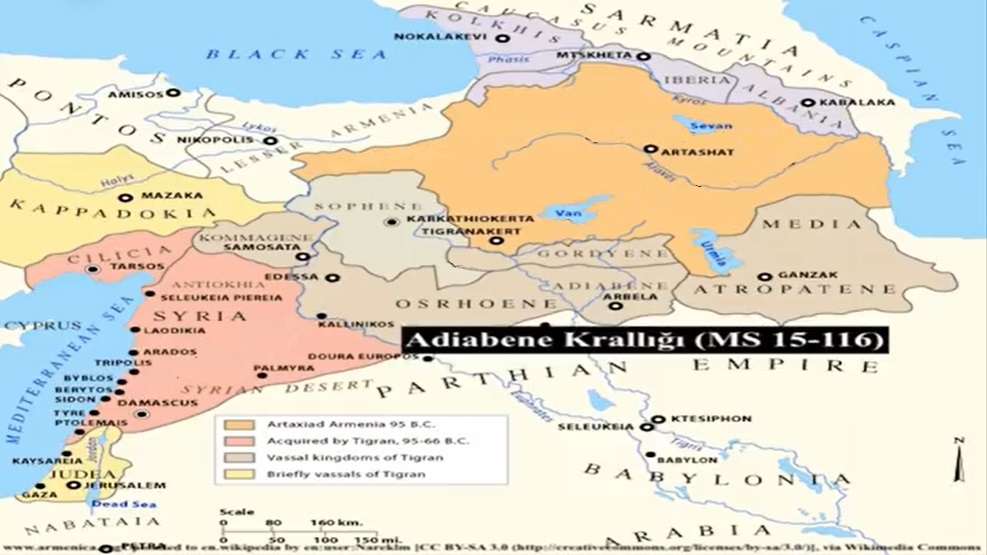
Adıebene - Kürd Yahudi Krallığı
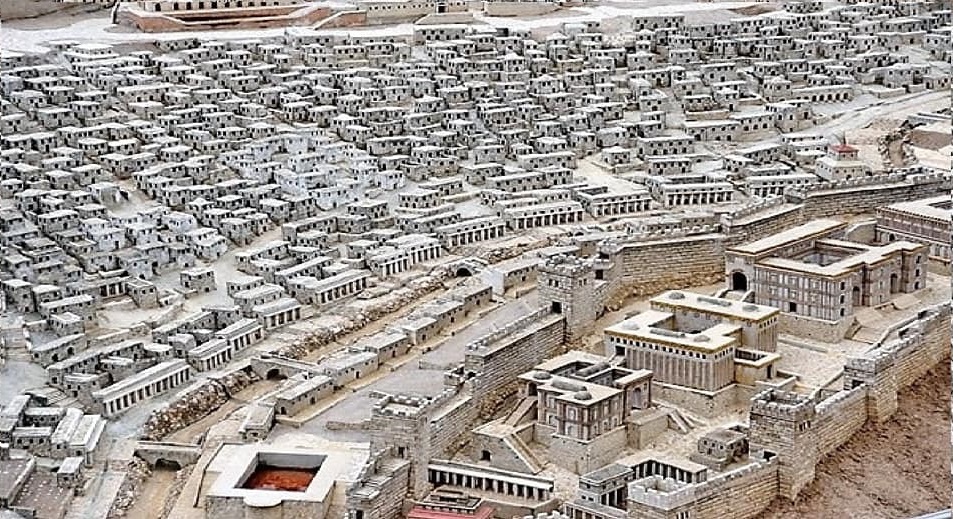
Adiabene Krallığı
|
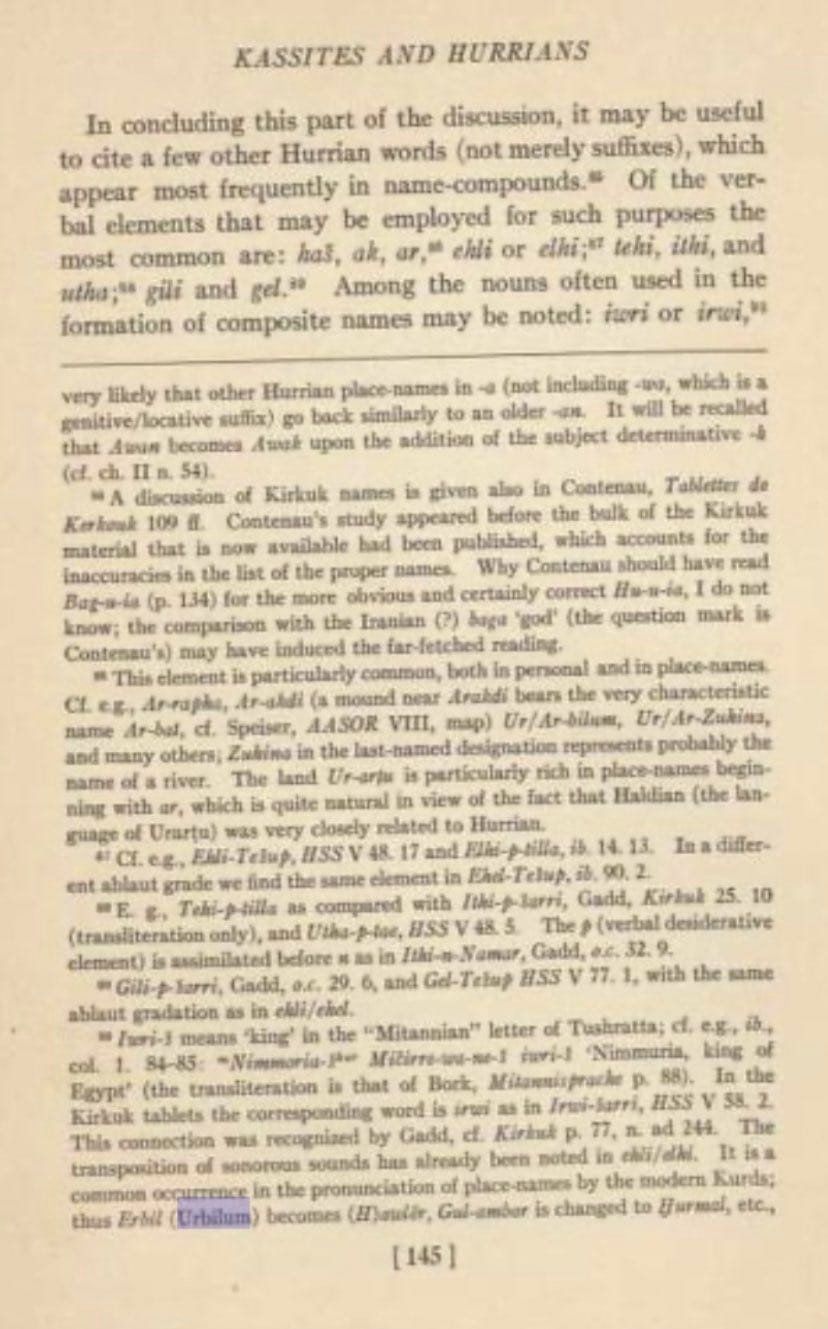
The Kurdish wowels that made the word 'Arperet', 'Urbilium' and the name date back to the Kutians 2300 BC. according to the translation of the Kourti text during the reign of King Irdobzer.
The name was renamed by the Greeks: Barbellis Erbella
Urbelum,
The name Arbirethas been used in Kurdish in Kurdish..
Historian Cyrus P.
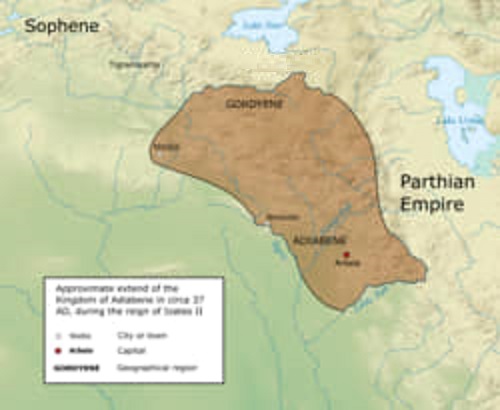
Great Ring Wall of Amida (Second in The World!)
